Table of Contents
- Work with AI Tools to Leverage SEO Efforts
- Create Voice Assistant-Friendly Content
- Focus on Creating Topic Clusters and Pillar Pages
- Create High-Quality Content with E-E-A-T
- Diversify Your Content Formats
- Use Video Marketing to Boost Your SEO
- Enhance Your Core Web Vitals
- Improve Your Page Loading Speed
- Optimize Your Heading and Meta Description
- Promote Your Content Through Social Media
- Prioritize Mobile SEO
- Optimize for Google Snack Pack (Local 3-pack)
- Focus on Featured Snippets
- Keep Your SEO Efforts Up-to-Date
- Invest in Building High-Quality Backlinks
- Monitor Your Competitors’ SEO Efforts
- Hire SEO Experts
- Conclusion
17 Powerful SEO Strategies to Boost Traffic & Ranking (2024)
SEO can be a complex and ever-changing field, but it is still one of the most important aspects of any online business.
You need to implement solid SEO strategies if you want to gain more organic traffic and rank your website on Google’s Search Engine Result Page (SERP).
Follow these 17 effective SEO online marketing techniques to help you to drive extra organic traffic and sales to your business in 2024.
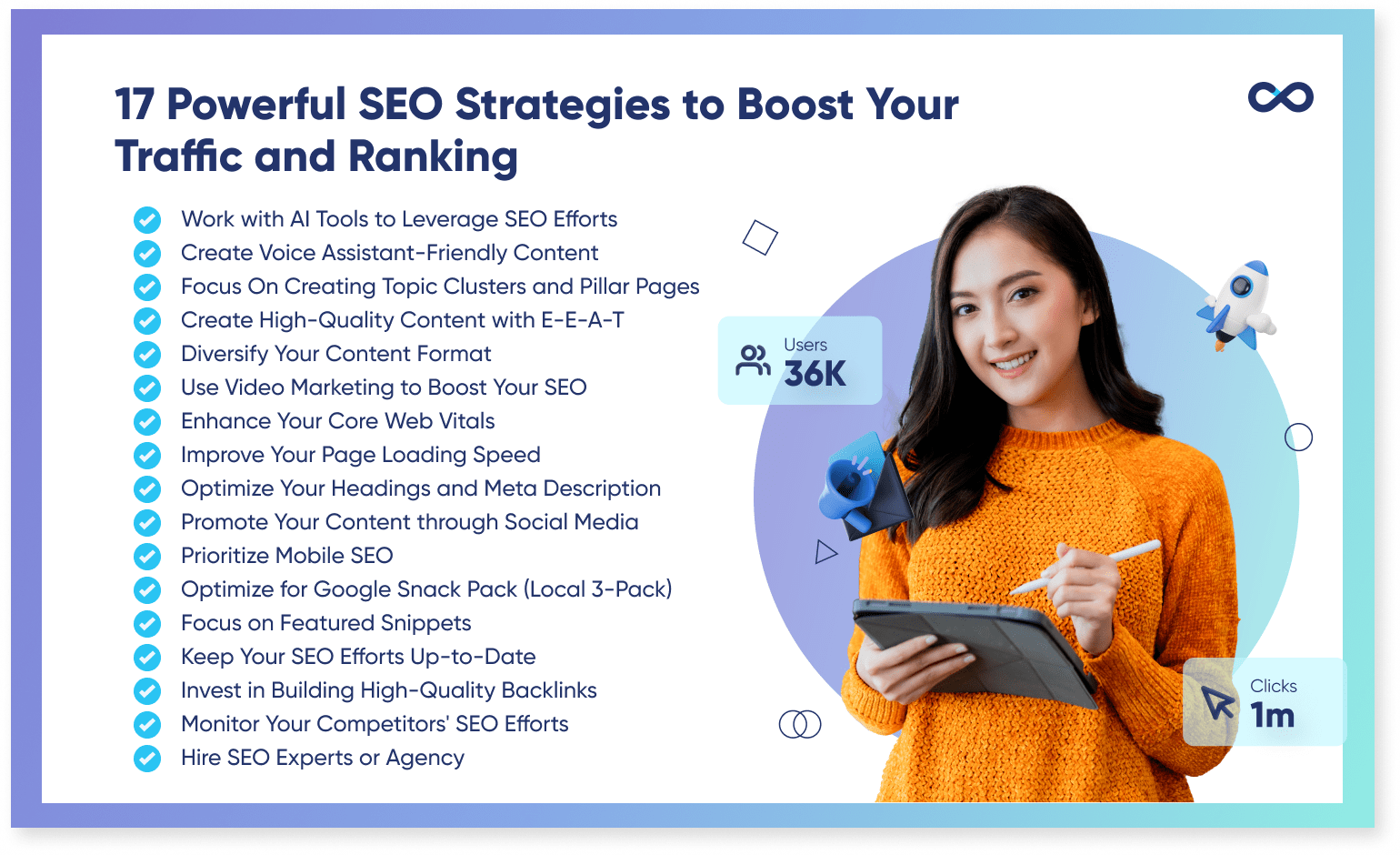
(Sidenote: If you find SEO a bit perplexing, no need to fret! Delve into our comprehensive SEO beginner’s guide for some clarity.)
Let’s get started!
Work with AI Tools to Leverage SEO Efforts
The use of artificial intelligence (AI) is on the rise in the marketing industry, and it is being put to work improving advertisements, personalising customer experiences, and even producing original content.
Although many SEO tools like ChatGPT and Frase can help you grow your organic traffic, content is one of the most important factors if you want to rank on Google. Hence, you shouldn’t neglect the effort of optimizing your content.
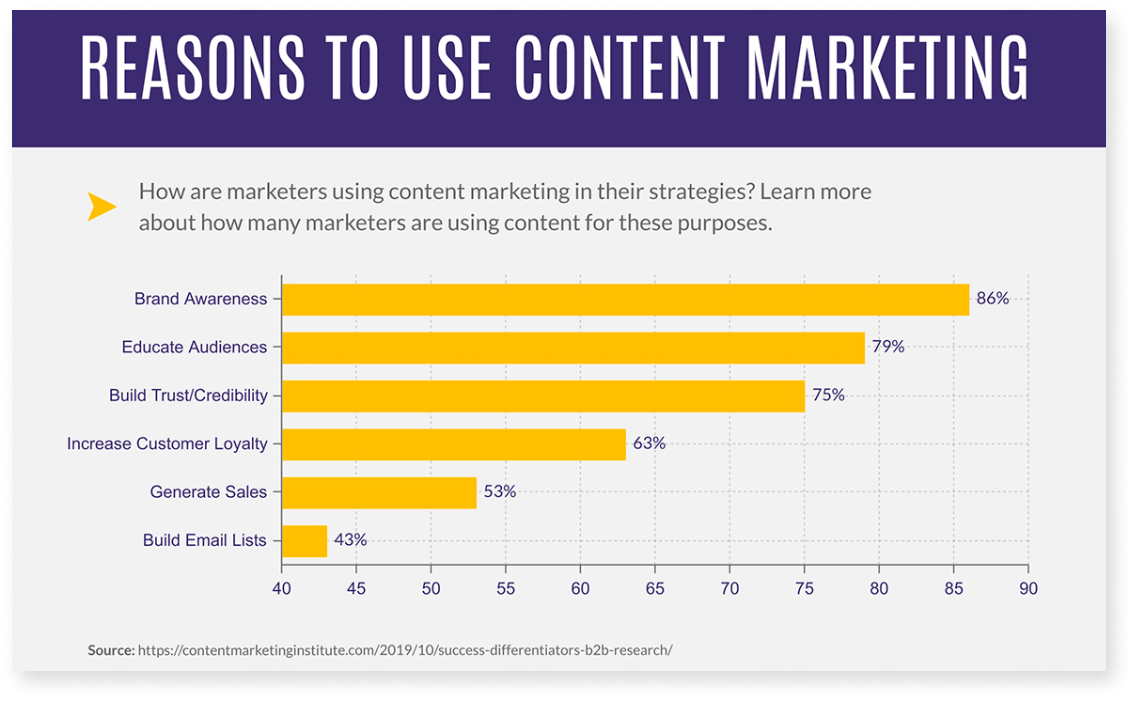
However, we know that content auditing is a challenging task. There are too many details to consider and work on, from keyword research to content promotion. That’s why you should try out the AI content writing assistant.
For example, here are some ways in which AI copywriting tools can help to scale your content strategy:
- Conduct topic and competitor research to understand the content rank on search engines
- Generating various catchy headlines for the blog post
- Suggesting a compelling outline for your article
- Create the blog section content based on SEO keywords
- Provide keyword-focus meta descriptions for your article
- Offers tons of tools, templates and use cases to fit all your need
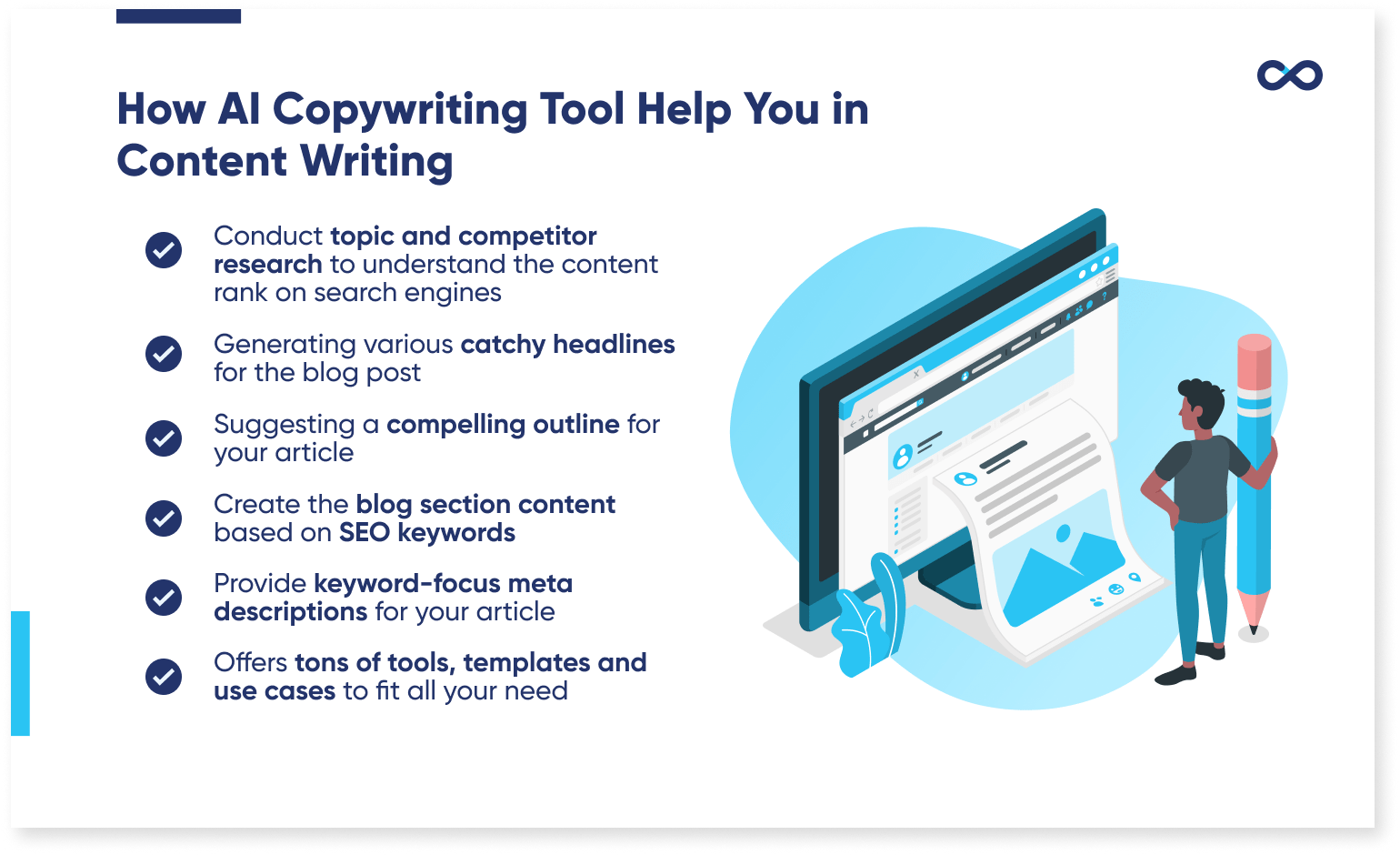
AI writing assistants are a saviour for content marketers who don’t have enough time or skillset for SEO content writing. These AI assistants can generate content for websites and blogs with just a few clicks and are much cheaper than other SEO tools on the market.
No time to research? Check out this amazing article to find the best AI content writing tool for your business.
Pro tips: You can try out this AI content writing tool if you’re just starting out and have a limited budget.
However, we should not think of these AI tools as a replacement for human copywriters. They just provide assistance to the content writers by getting rid of writer’s block and generating content ideas at scale.
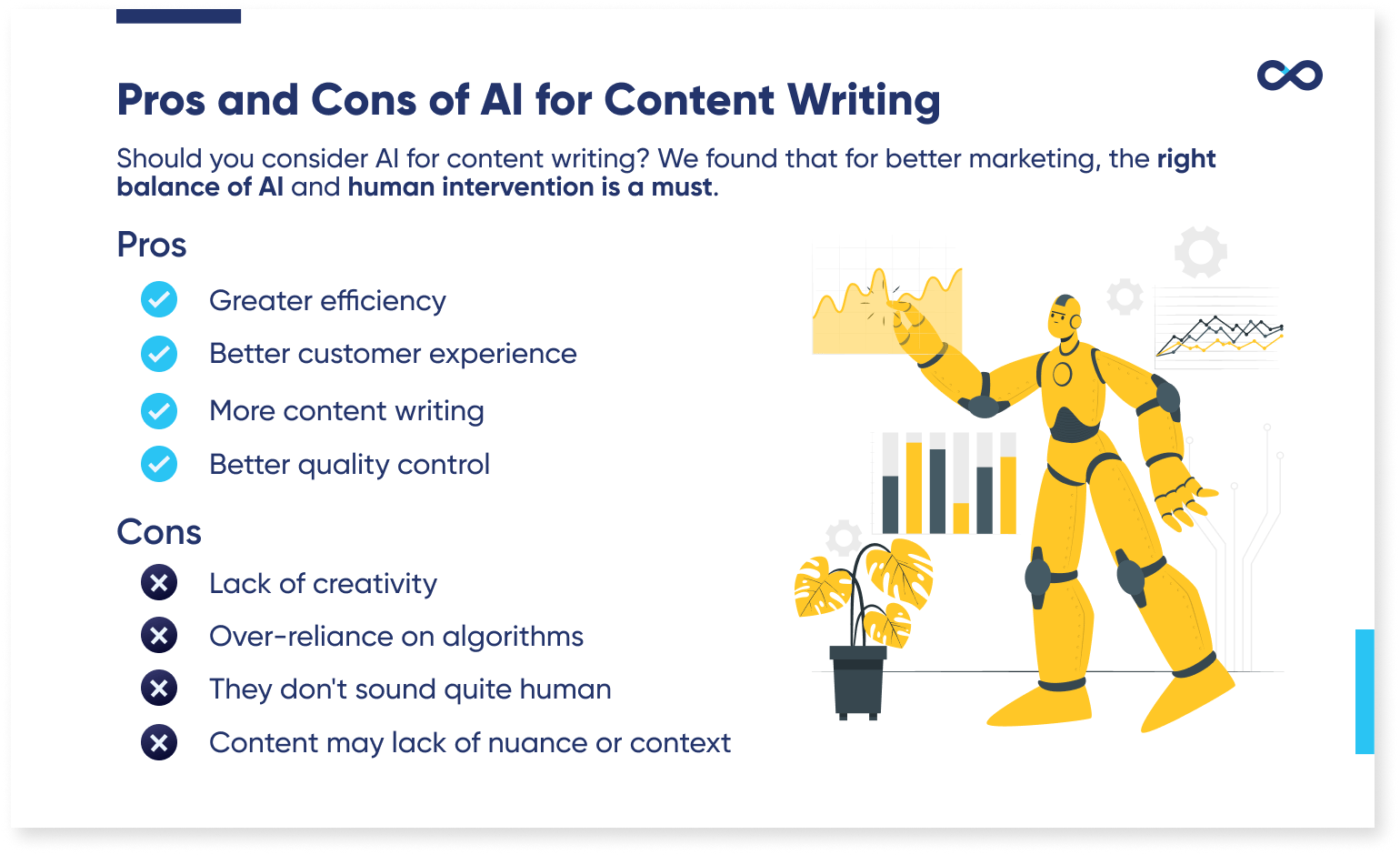
Create Voice Assistant-Friendly Content
The voice assistant industry is booming, and the competition is fierce. Research shows that more than 70 percent of consumers prefer to ask a voice search query rather than type.
Due to the advent of IR4.0 around the world, it’s crucial to catch up with this trend as the number of voice search users will continue to increase.
So, how do you make your content more voice assistant-friendly?
One of the most straightforward ways is to include relevant long-tail keywords in your content.
Due to their low search volume, long-tail keywords are seldom given much respect by marketers. In reality, though, long-tailed keywords make up more than 90% of all search terms.
But how do you find long-tail keywords for your business?
Use Google autocomplete tool. Enter your keywords and look at the keywords shown by Google. These are the keywords that are usually searched by others.
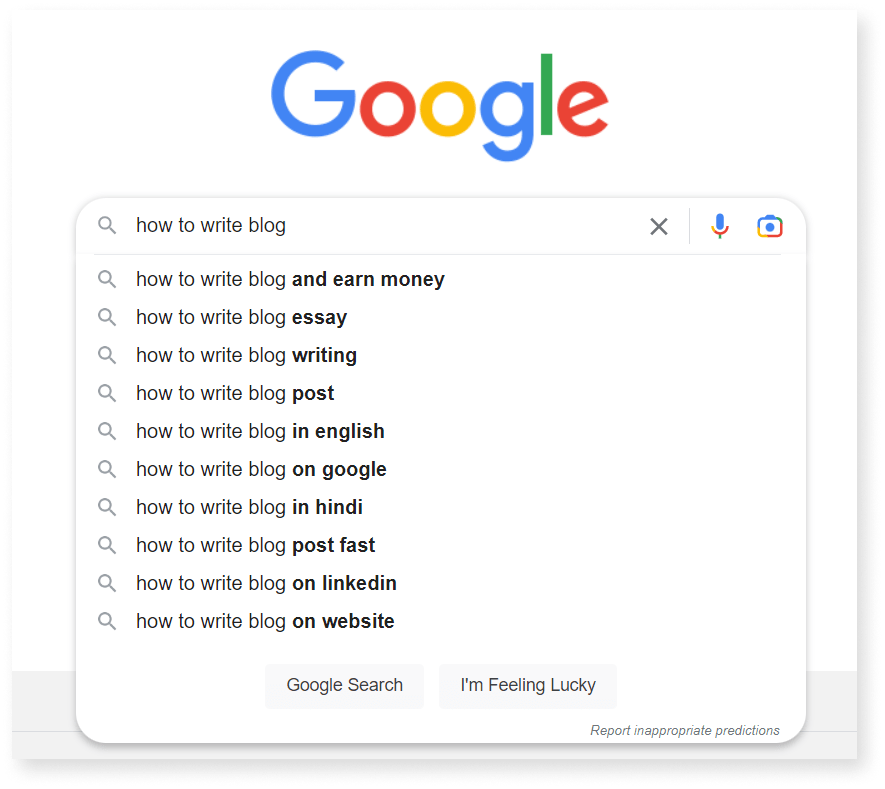
Check out “People also ask”
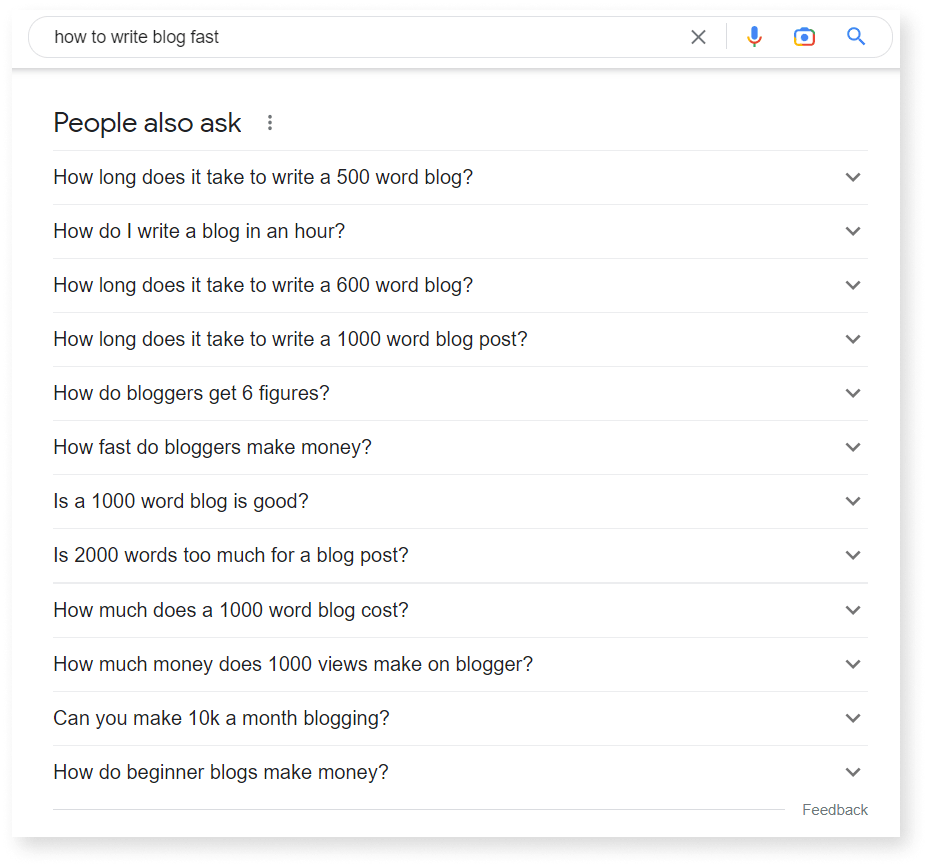
And Related Searches:
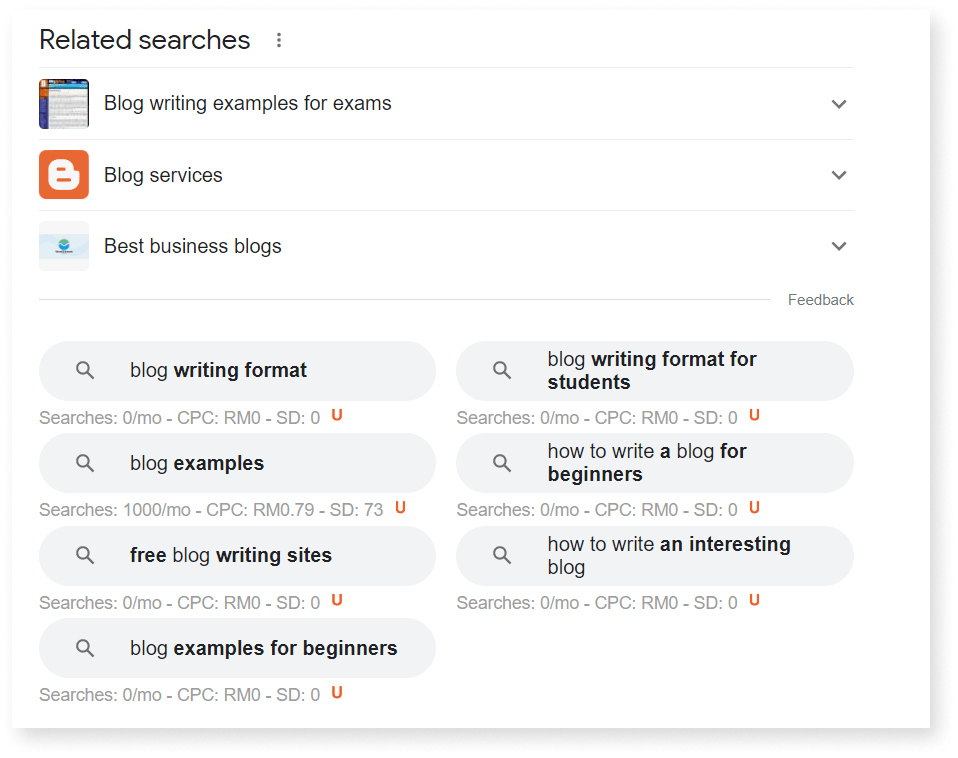
Another pro tip is using Answer the Public to discover various long-tailed keywords. Simply insert a keyword (broad term), and it will provide keyword suggestions in terms of questions, prepositions, comparisons, and related keywords.
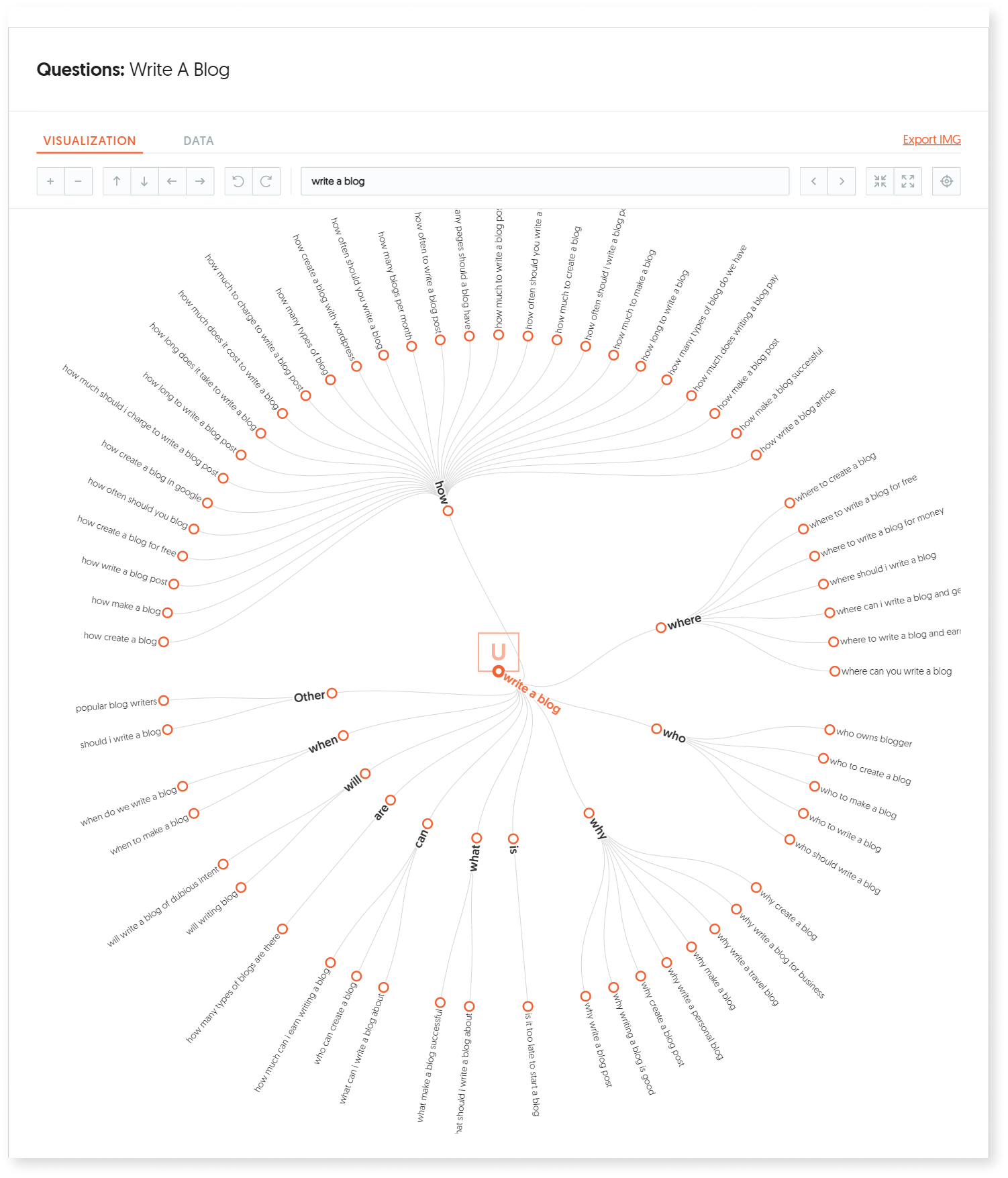
By adding long-tail keywords to your content, it will rank higher in SERPs and improve its visibility.
Focus on Creating Topic Clusters and Pillar Pages
In the past, everyone could just rank their website on Google by putting relevant keywords on their pages.
But now it’s super hard to rank as Google has updated its algorithms to value high-quality content. The new SEO strategy is more than just inserting keywords into content and hoping Google will notice.
As a result, most top SEO agencies are now helping their clients create content clusters and pillar pages. In fact, this is how Minuttia ranks for more than 1K keywords with one topic cluster page!
In short, topic clusters are various subtopics of a big topic, while a pillar page is a hub page that contains all the details your audience would like to know. You can think pillar page as an “a-to-z guide”.
Let’s say you are a drone reseller. Some of the relevant topic clusters you can cover are:
- How to buy a drone?
- Which drone has the best quality?
- How to fly a drone?
- How to capture professional photos using a drone?
- How to get insurance for drones?
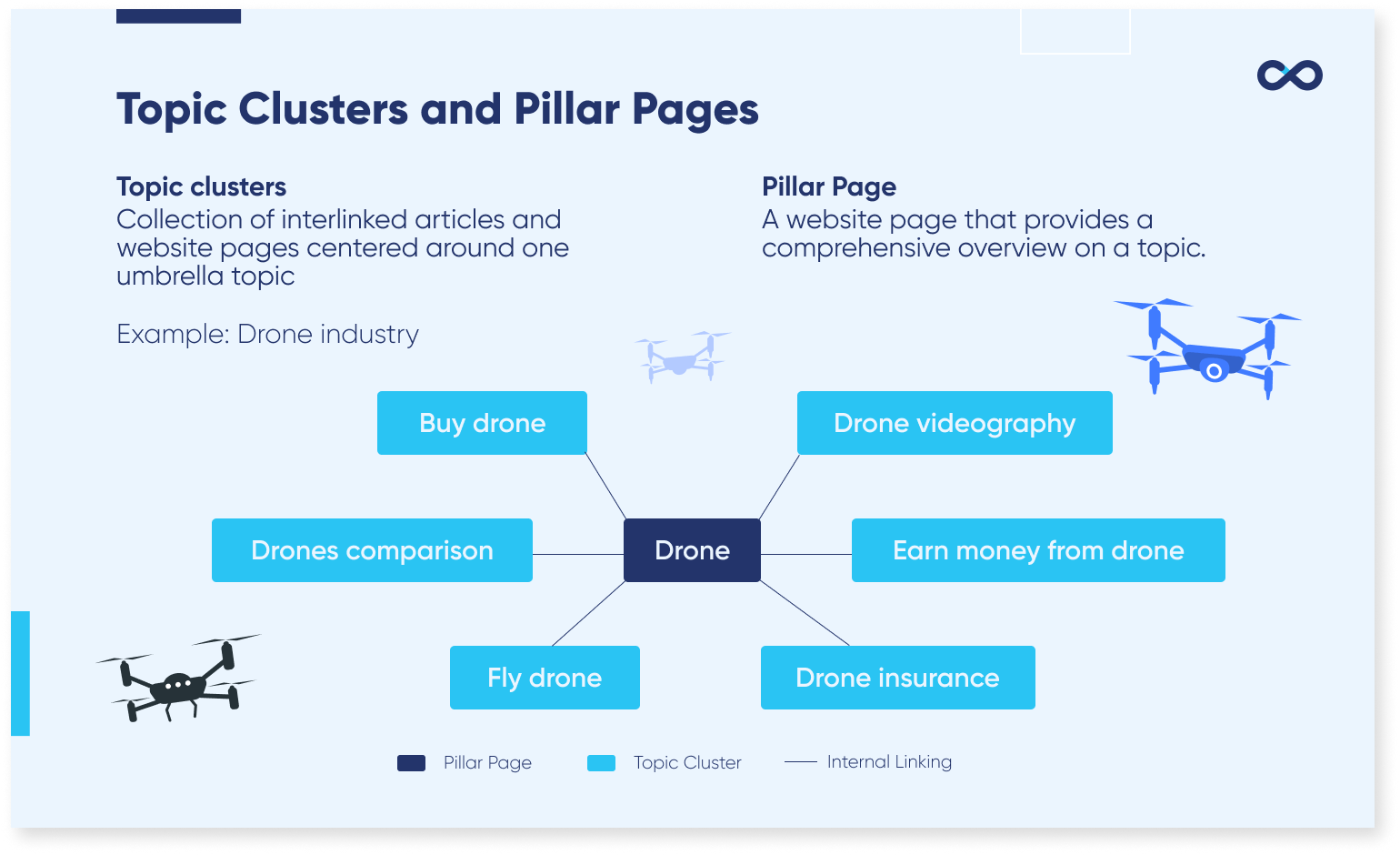
You can use the same method to gather other topic clusters for your industry. Once you’ve gathered all your topic clusters, you can link them to one pillar or hub page. This hub page will allow your visitors to access all your topic clusters.
I’ve no room to have an in-depth guide for creating winning pillar pages, but here are some actionable steps you can take:
Brainstorm for Pillar Topic
When you are creating content, it is important to know your target audience and what keywords they are looking for to create more targeted content that will resonate with them.
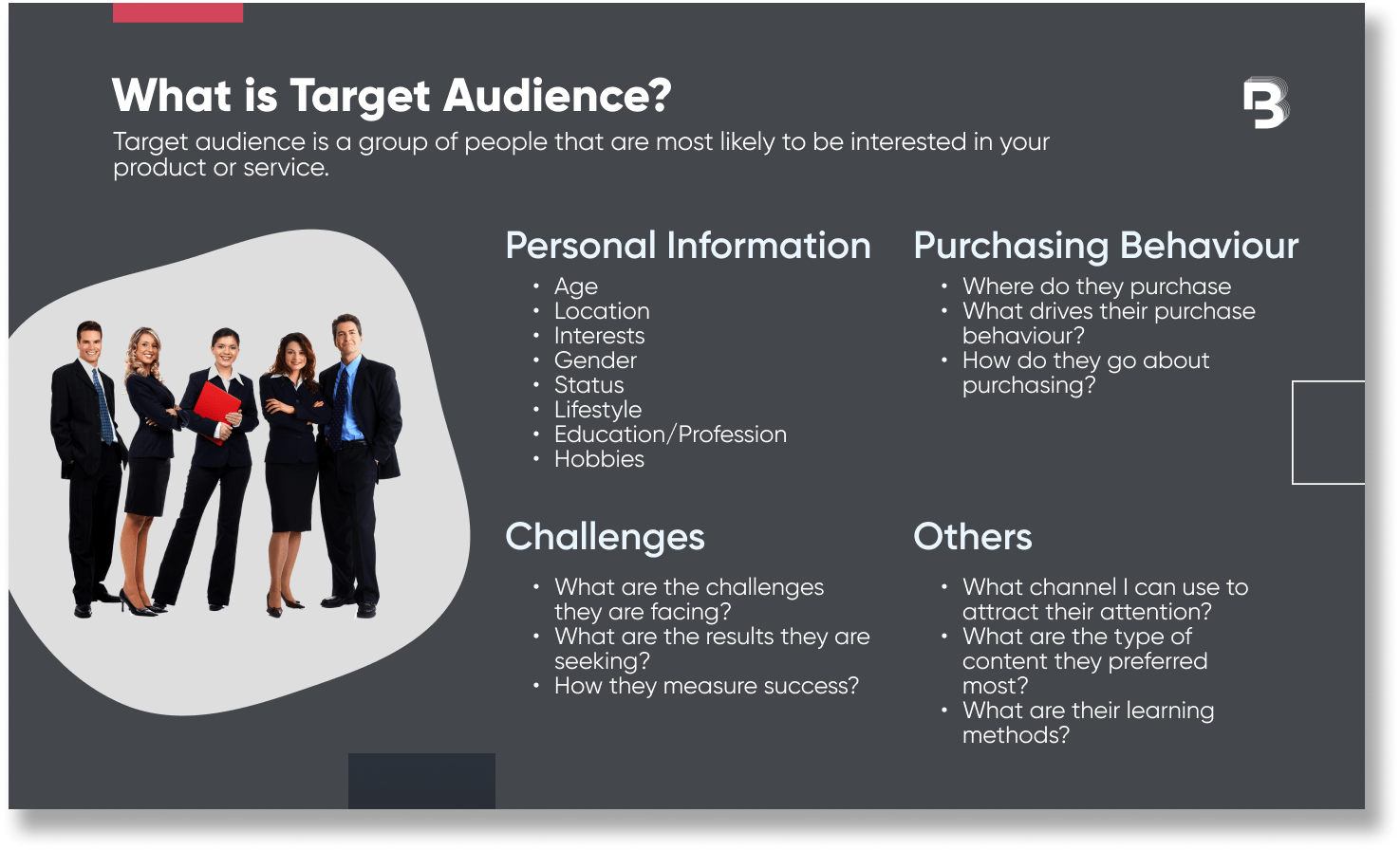
There are many ways to gather keywords and topics for your pillar pages. However, the most effective way is to spy on your competitors. Take note of how they’ve created their pillar pages. You can put their pillar page link into SEO tools like Ahref or Ubersuggest to find the keywords they’ve ranked for.
For example, if you’re using Ubersuggest, you can copy the URL of your competitor’s topic cluster page and put it in the “Keyword Ideas.” You will find tons of keywords you can use for your topic clusters.
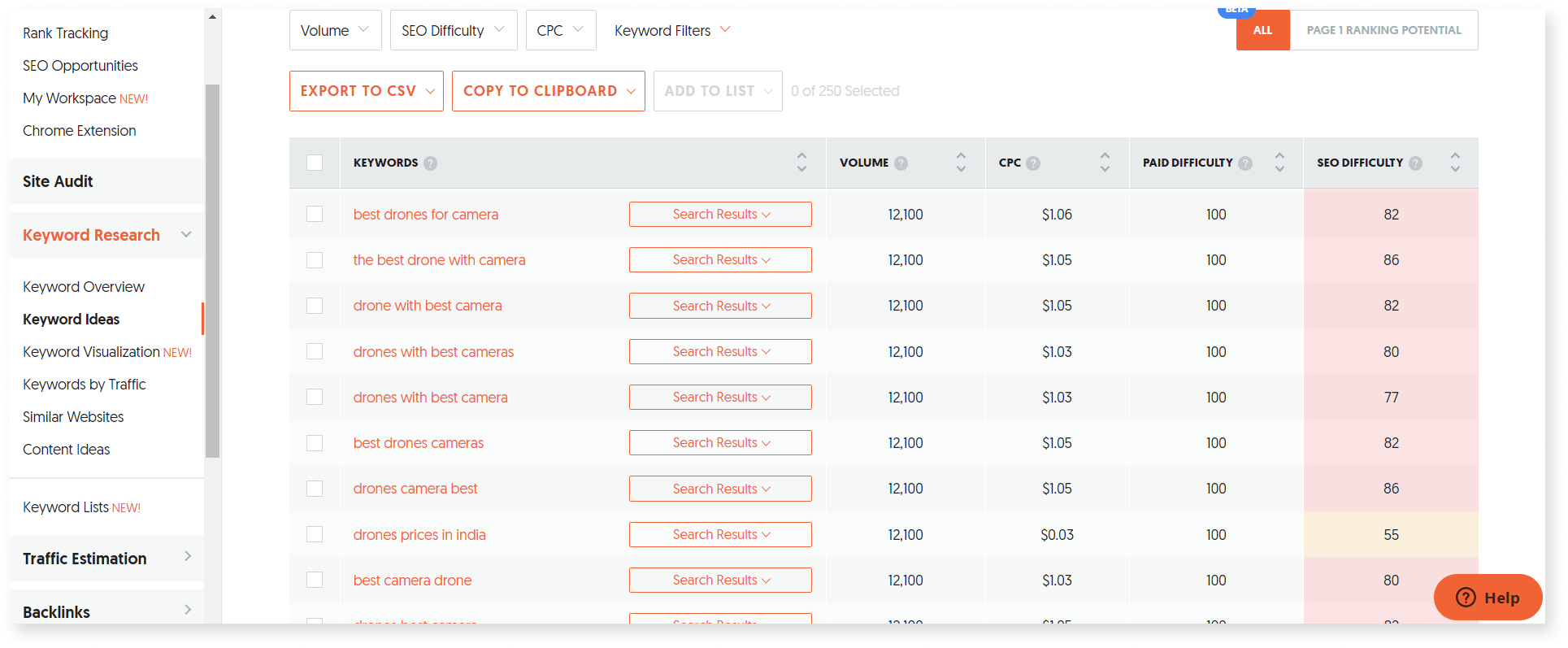
You can also take a step forward by placing one of the keywords in “Content Ideas”. Click “keywords” to find out more keywords from other high-quality content. Download all of your keywords into a single Excel or Google Sheet.
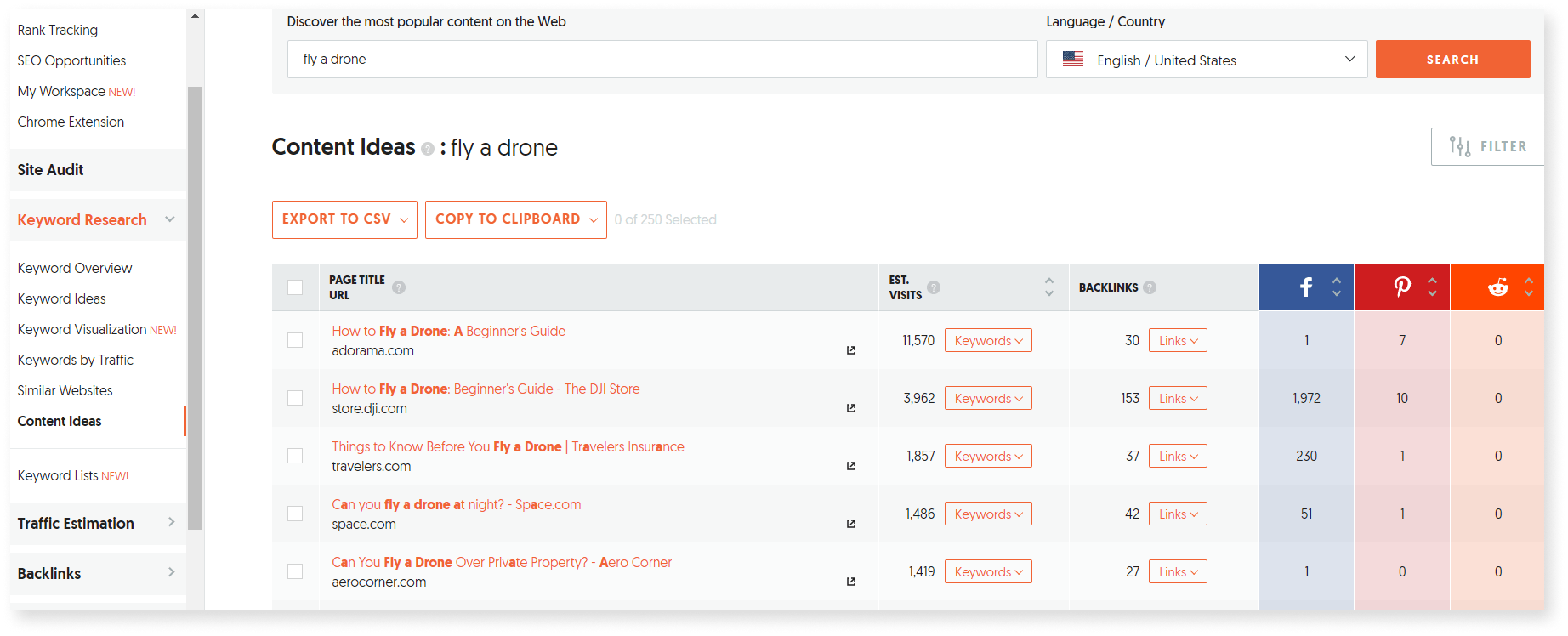
Create Content for Topic Clusters
Once you’ve gathered various topics and keywords, start creating in-depth and high-quality content for these topics. Don’t forget to add these elements to your content to make it stand out from your competitors.
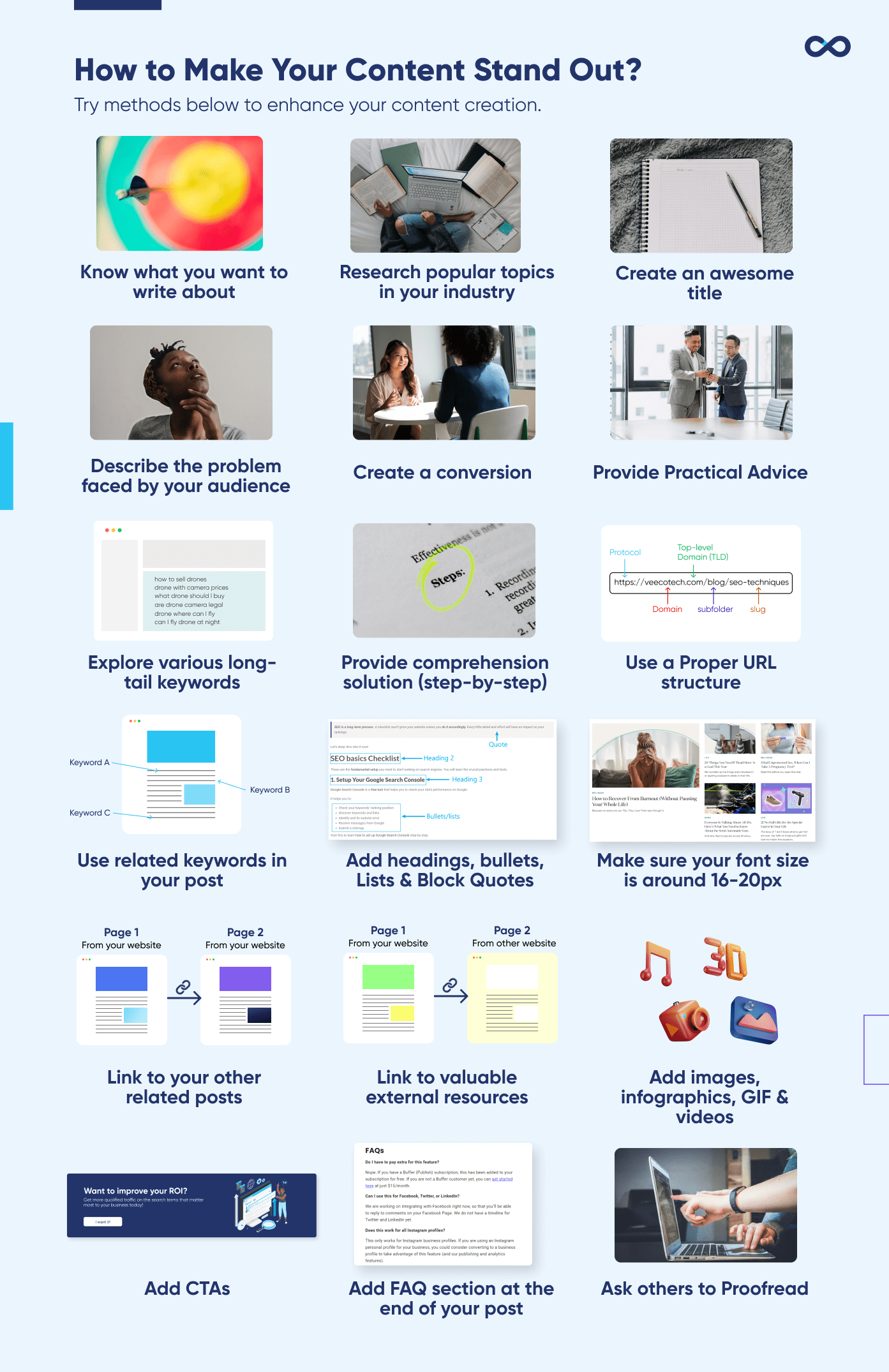
Link Your Topic Cluster Content to your Pillar Page
The final step is to categorize your topic cluster and link them to your pillar page. To ensure effectiveness, you can use a Google Sheet to record all your topic clusters and their internal linking.
Create High-Quality Content with E-E-A-T
Many marketers know the importance of expertise, authoritativeness, and trustworthiness (EAT) when it comes to ranking consistently on Google. Websites with thorough, accurate, and well-written content from dependable sources are seen as reliable and trustworthy by Google.
Google recently announced a new update to their quality rater guidelines, adding another “E” – experience – to the list. While you might think that this addition is unnecessary since expert must already have experience on what they do, Google wants to ensure that the content creator has the first hand knowledge in the topic they shared.
Notice how Google define “Experience” as in their quality rating guide.
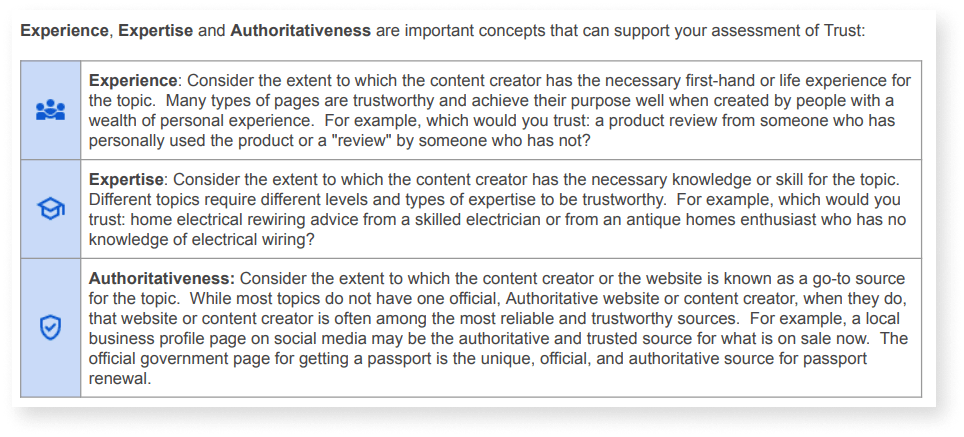
So, how should you create content that matches Google’s E-E-A-T? Here are some practical tips for you:
Earn High-Quality Backlinks
Since trust is at the core of Google’s E-E-A-T, you must continually produce worthwhile, distinctive, high-quality material that attracts links if you want to gain them.
That means your blog’s once-monthly posting of a bland 500-word listicle won’t do much to help you. You need to spend the time and money necessary to establish your authority (whatever the subject).
Then, establish connections with the appropriate publishers and influencers. These high-quality backlinks will undoubtedly come.
Get More Reviews
Getting and promoting online reviews for your goods or services is a smart business move. These similar reviews contribute to Google identifying your website as E-E-A-T.
If you get favourable ratings on numerous review websites (such as Google, Trustpilot, Facebook, Yelp, etc.), this will show that your business is regarded favourably by customers.
For example, VeecoTech encourages our clients to provide reviews on various review sites such as Google Reviews, Facebook, Clutch, Sortlist, etc.
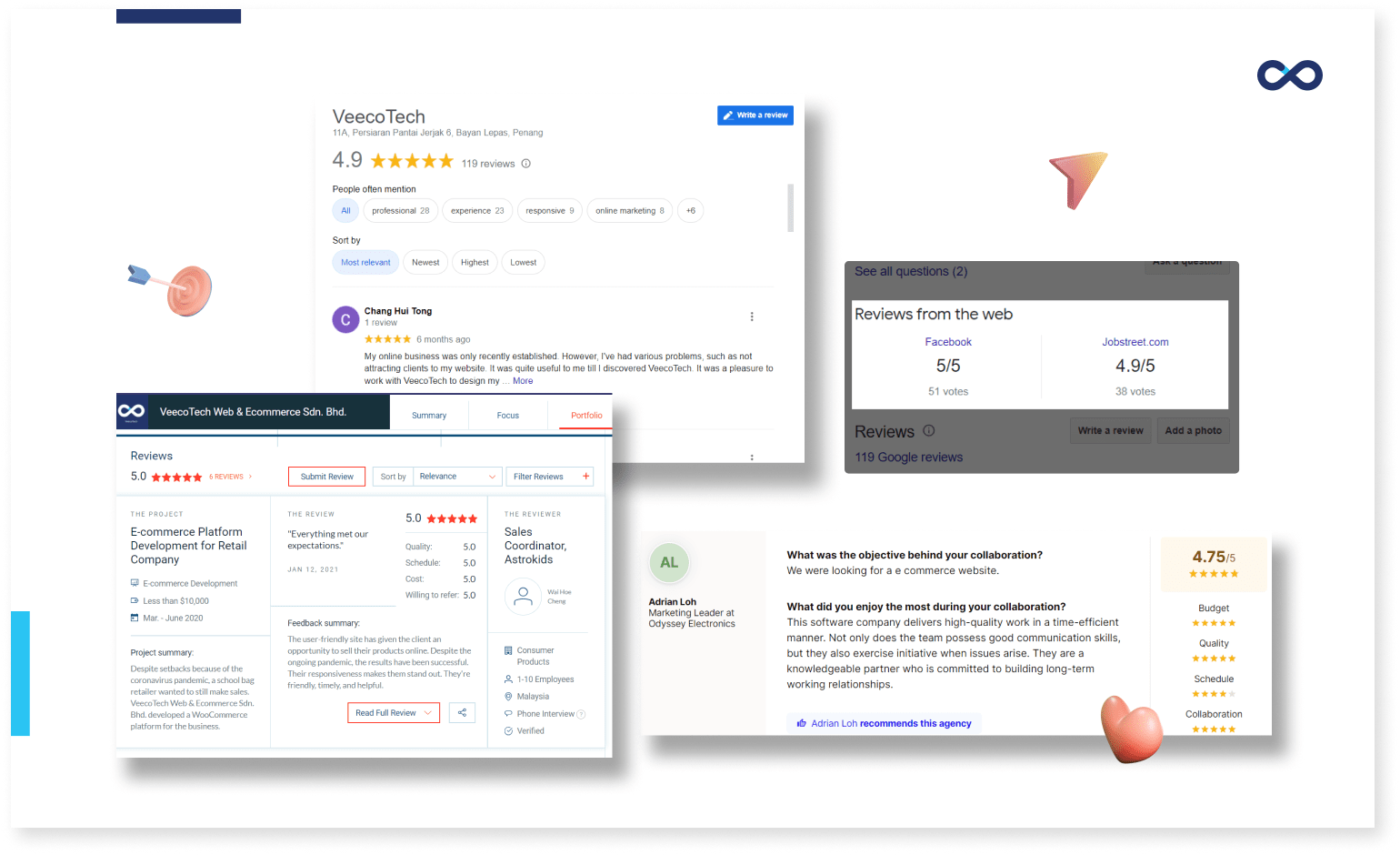
Spend time responding to reviews as they come in, especially the bad ones. Responding to client feedback will really increase consumer trust in your company as a reliable one that cares about its customers.
Update Your Content Regularly
Keep your current content as up-to-date as possible. This is especially true if your website has news or links to other sites with timely information.
Check whether you have any broken links, outdated research data, charts and infographics. You may create a content audit plan to ensure all content is updated.
Diversify Your Content Formats
While Google’s E-E-A-T is crucial, I bet you’ll be more engaged with this content.
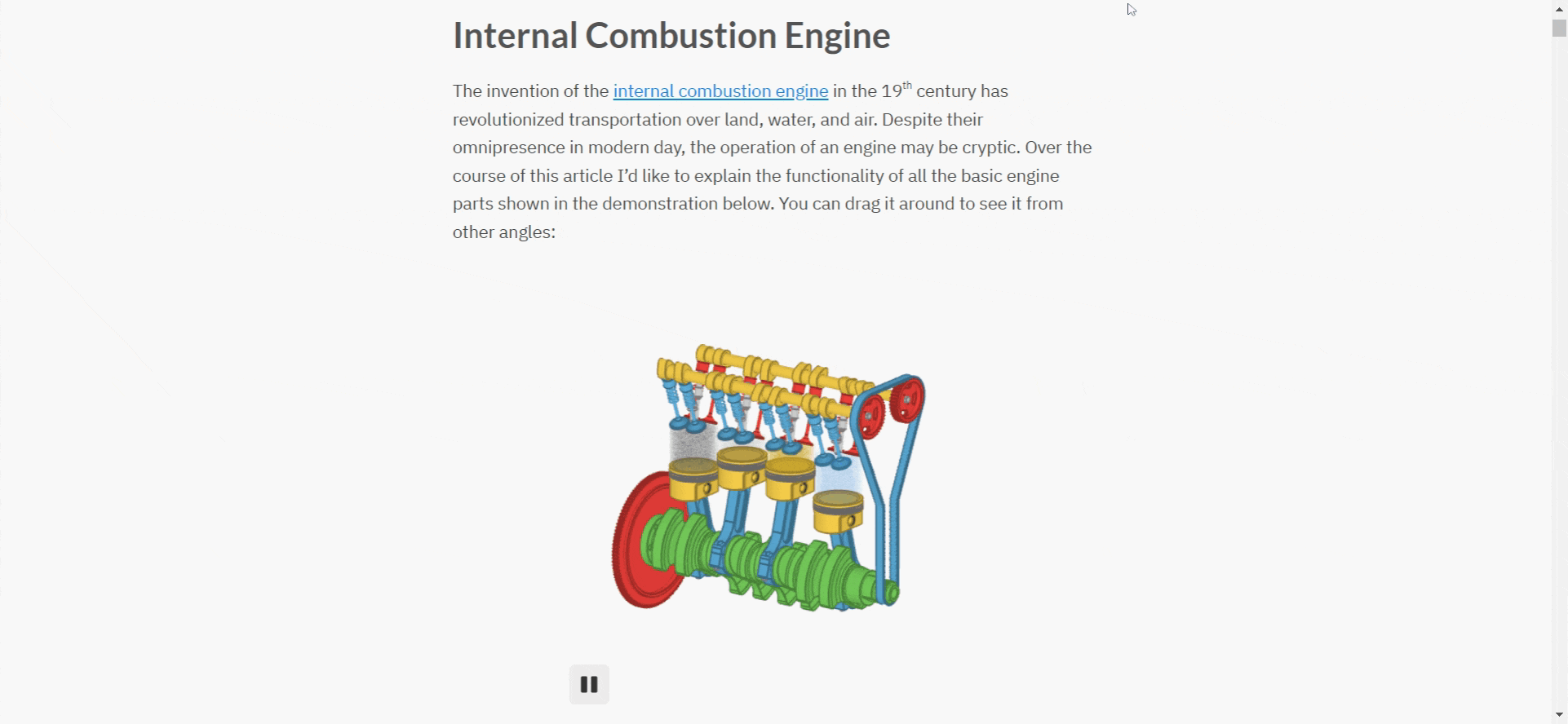
Instead of this…
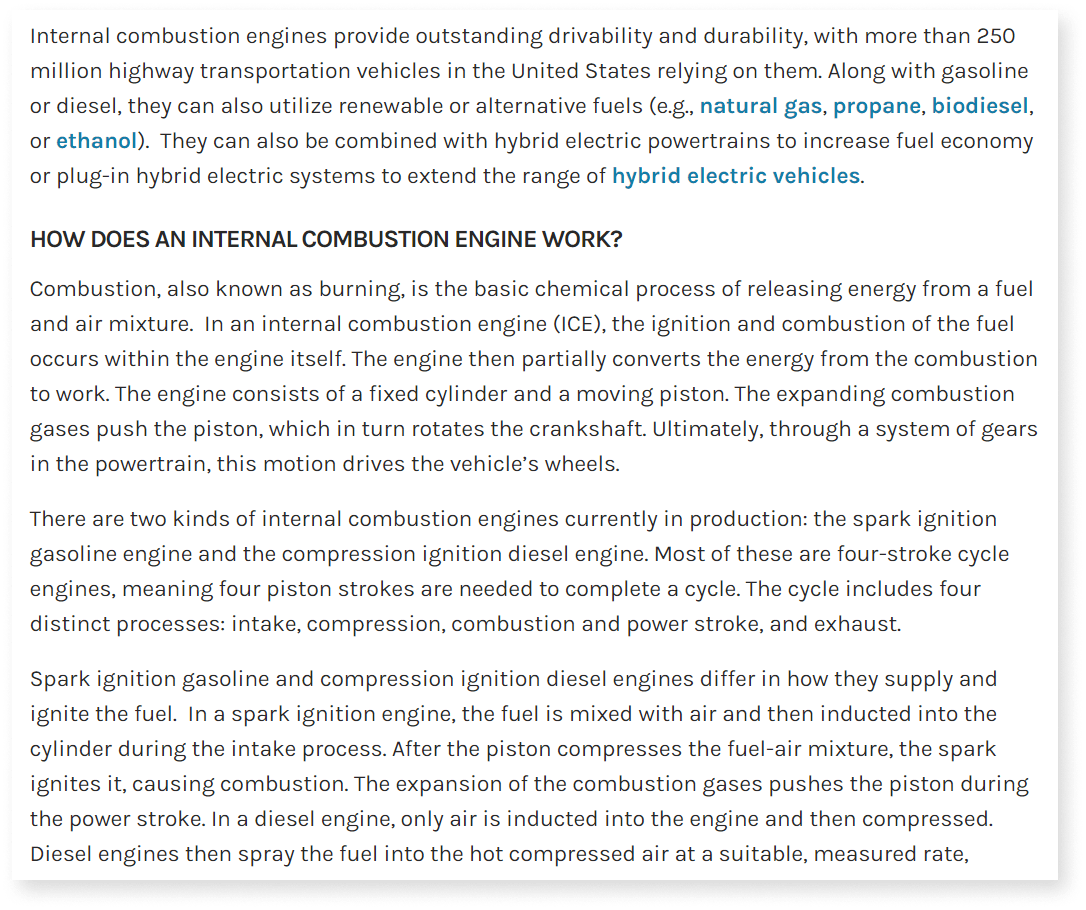
While I’m not saying that the latter is terrible, the previous example utilised many animations to enhance the learning experience.
And according to research, 88% of marketers say various content formats help brands differentiate themselves.
One of the benefits is that it raises brand awareness among various audiences. For example, if you’re active on TikTok while your competitors aren’t, teenagers might be attracted to your brand and content, thus making you stand out.
Therefore, adding various formats to your content is necessary, adding to your competitive advantages.
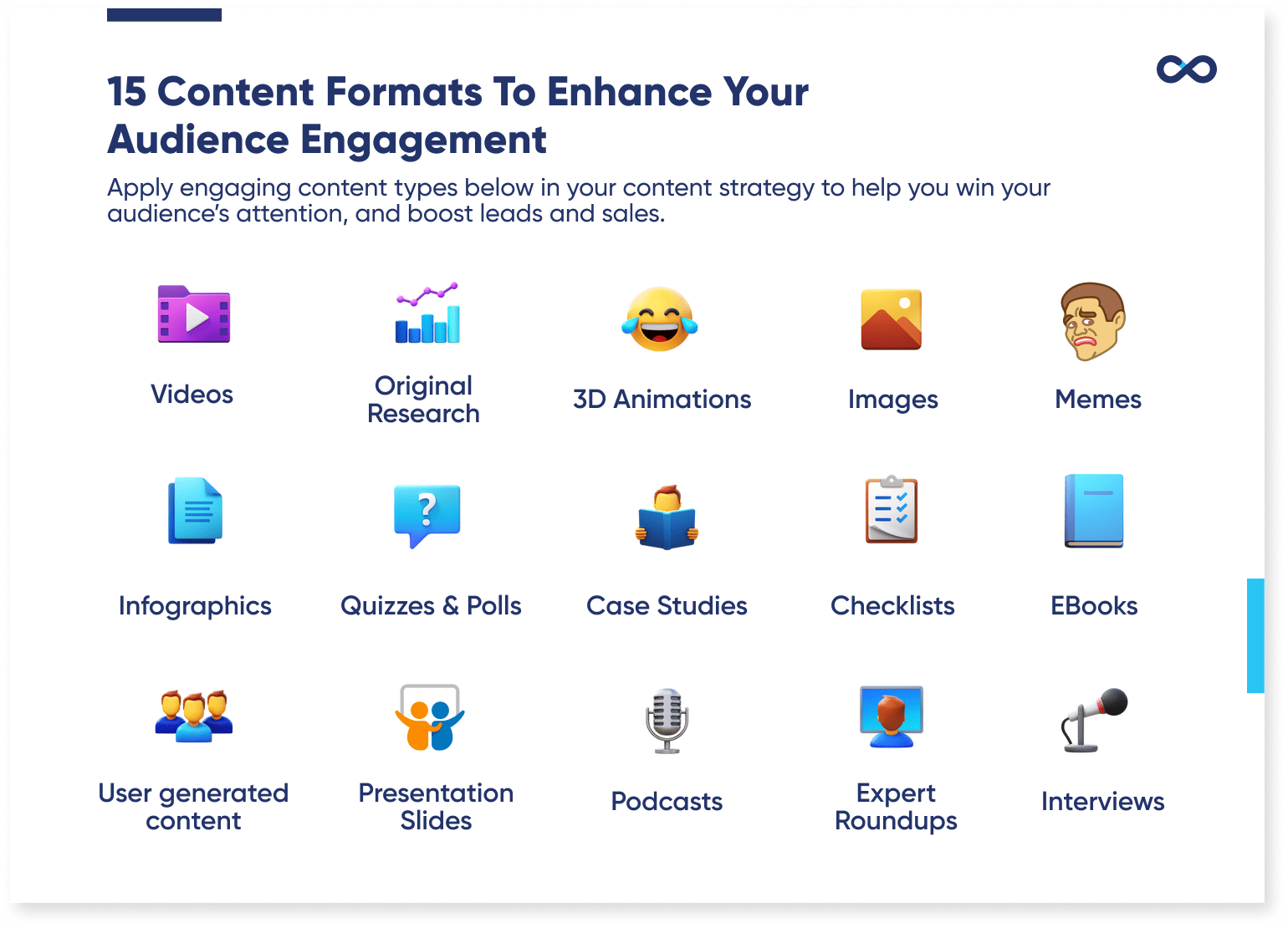
You can use these content formats to turn a static, forgettable page into one that engages users and maintains their interest. But remember, you don’t need to use everything in your content. Just pick a few that work best in your niche.
Use Video Marketing to Boost Your SEO
Today, Google allows more video content to appear on its SERP.
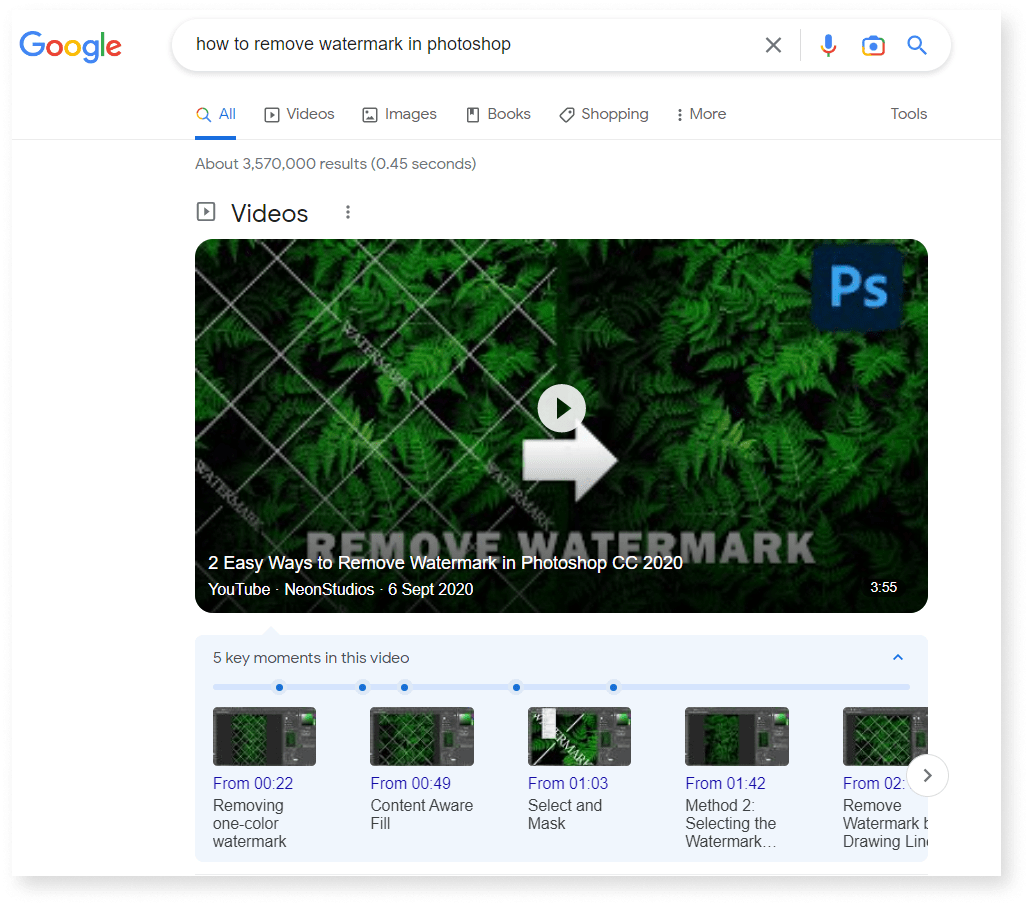
Sometimes it even appears on top of the brand’s website. Mobile search results show even greater organic visibility for videos, as video carousels occupy nearly the entire screen.
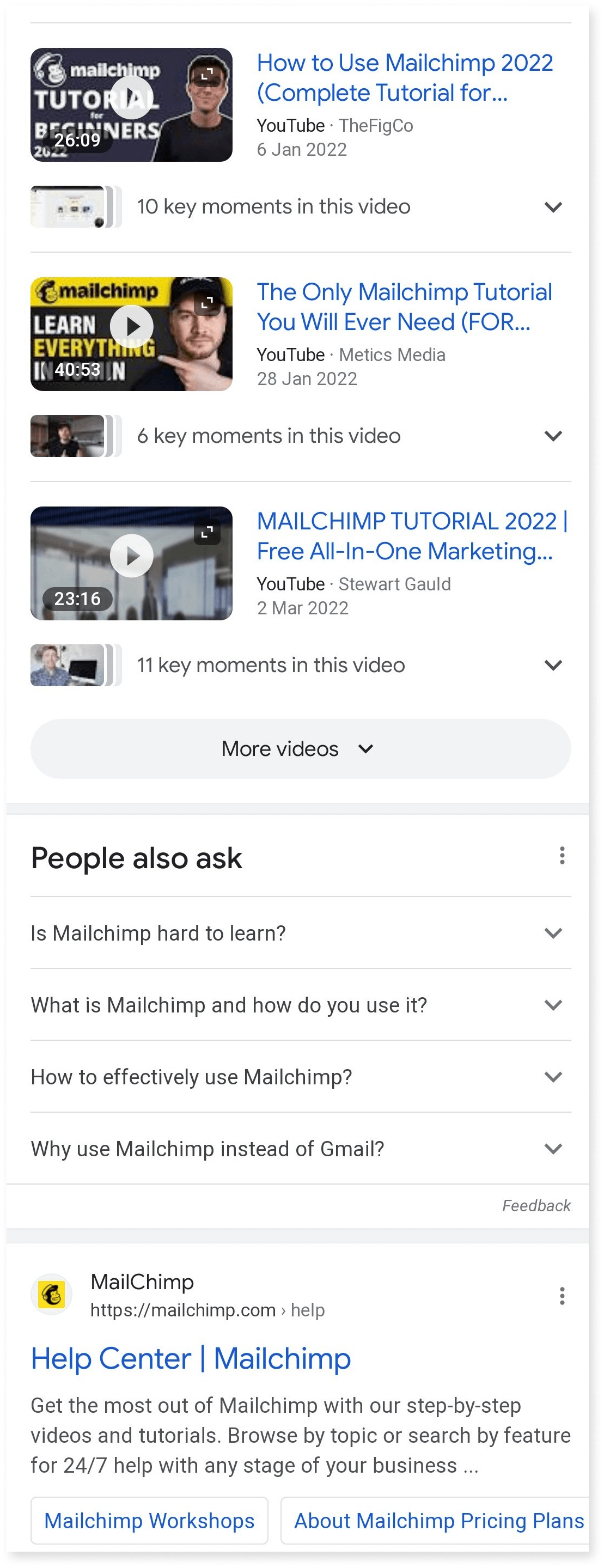
This is because Google knows that users respond well to videos and are looking to videos to answer their questions.
It’s undeniable that videos are interesting and effective marketing tools. The visuals (in this case, video thumbnails) may be stealing a lot of attention from Google’s organic results (in fact, there’s a real science behind the visual impact on consumers’ behaviour), so ranking your video there will help you drive more exposure for your brand.
Fortunately, letting your YouTube video rank is much easier than traditional SEO. So this is a pretty fast way to boost your traffic by ranking your videos in Google’s video carousel.
Here are some useful guides to help you boost SEO with video marketing.
Include Your Videos in Your Blog Content
While it is not required to include a video in your web content in order for your video to appear on Google, it does not hurt and provides additional benefits. Since video content performs better than text and images, it helps boost your visitors’ dwell time and enhance their users’ experience.
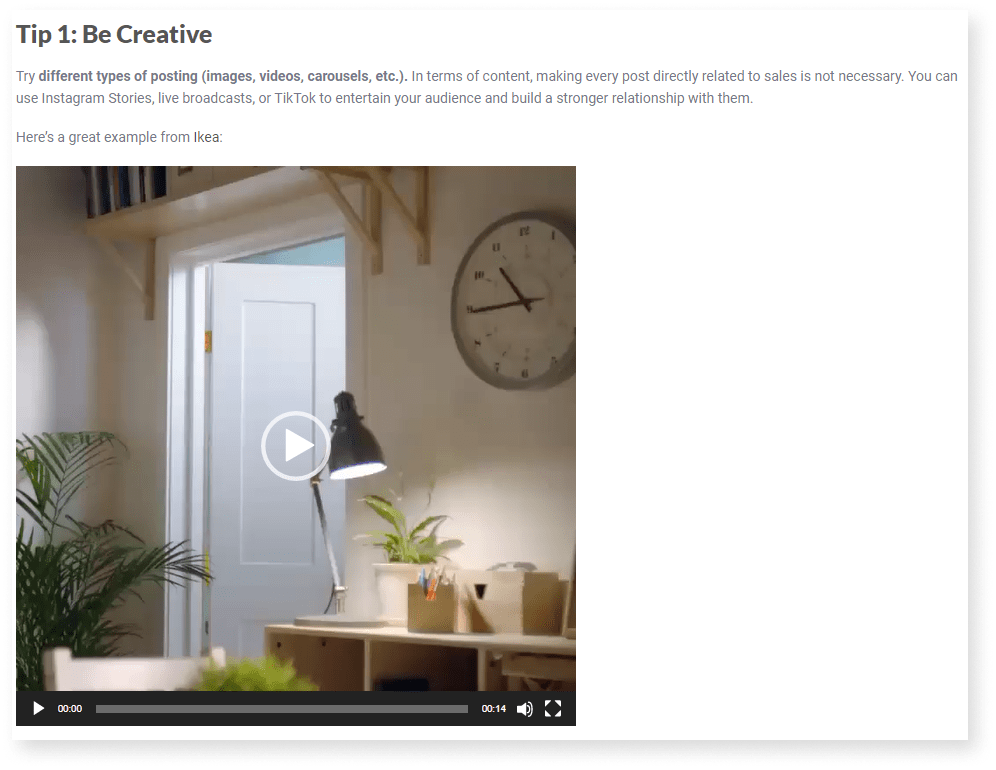
Create an Eye-Catching Headline and Description with Targeted Keywords
Crafting an attractive headline is crucial, especially in a competitive market. However, don’t forget to conduct keyword research, as Google analyses your video’s headline and description to match the keywords used in the search. You should add them in your headline and description.
If you’re just starting out, I highly recommend trying out this tool to help you determine the suitable keywords and additional valuable data for your video.
Create a Time-stamped Video Outline
Don’t miss this step! YouTube allows you to add clickable timestamps that take viewers deeper into your video to where you discuss that subtopic. Here’s a quick guide on creating YouTube timestamps if you’re unsure how to do it.
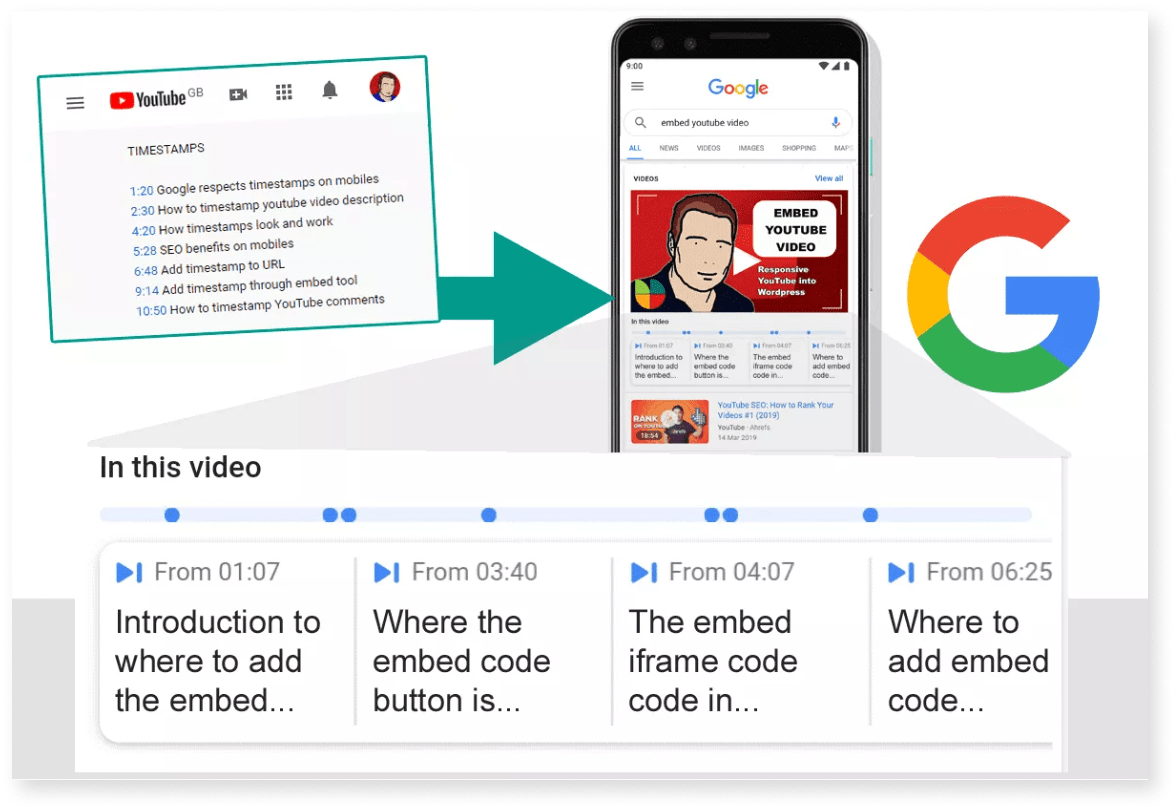
Image source: Zanet
Enhance Your Core Web Vitals
Google launched core web vitals in May 2020, and it became one of the ranking factors in June 2020. It means that if you ignore core web vitals, it might affect your ranking results.
So what are the core web vitals?
In general, Google chose a collection of variables since they are directly related to the entire user experience. They are a subset of factors that will be part of Google’s “page experience” score.
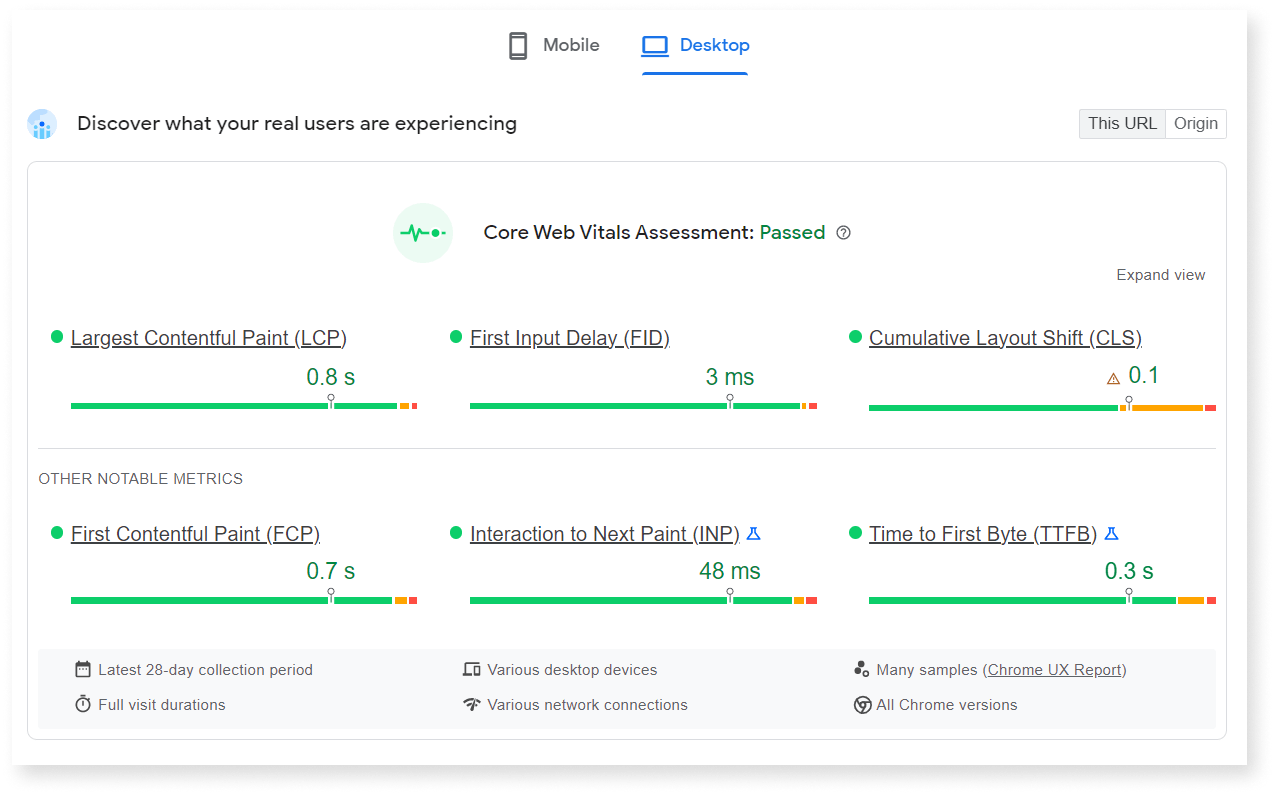
Here’s a summary of core web vitals if you haven’t heard about it:
- Largest Contentful Paint (LCP) – How quickly does the main page render?
- First Input Delay (FID) – Is the page layout stable after rendering?
- Cumulative Layout Shift (CLS) – How quickly does the page react to user input
Remember that the higher your score on a core web vitals test, the higher your rank on Google’s SERPs.
Here are some guides on how you can enhance your core web vitals:
Check Your Core Web Vitals Performance
First, you need to know your core web vitals performance before improving them. You can view it from the Google Search console. Click the tab for Core Web Vitals.
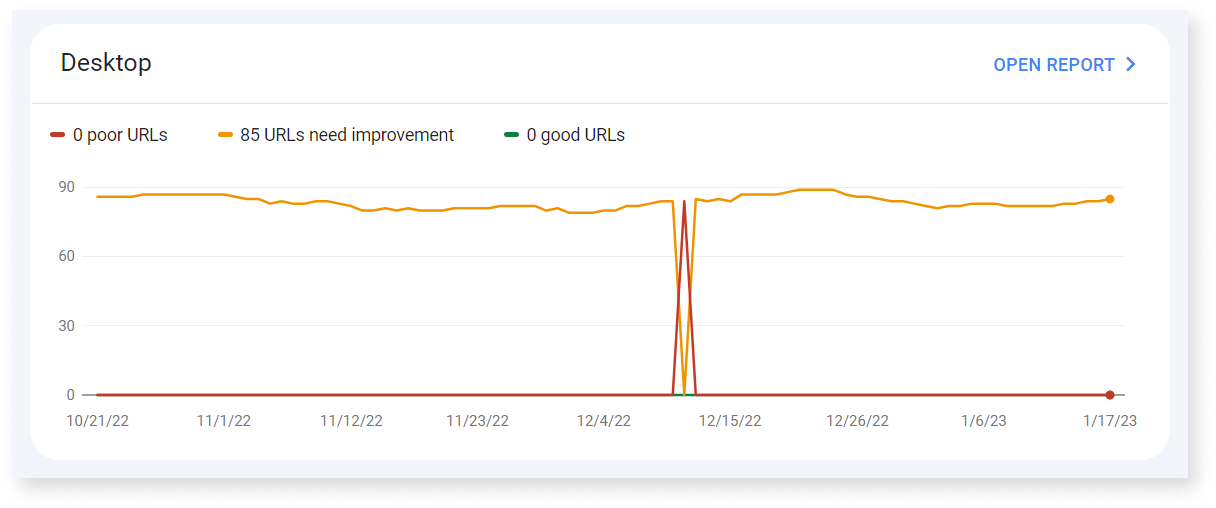
If you only have “good URLs,” you’re doing well and don’t need to worry about optimising Core Web Vitals for SEO any further.
But if some of your pages are marked as “poor” or “needs improvement,” improving the Core Web Vitals metrics could help Google rank your site higher.
Implement lazy loading
With lazy loading, images don’t load until the person scrolls down your page. This means that you can reach LCP a lot faster. Check out this comprehensive guide on how to apply lazy loading to your page.
Upgrade Your Web Host
The better the web host, the faster your website loads.
This means that your LCP will improve since a good web host allows your page to load faster.
Check out this guide if you have difficulties selecting the best web host.
Improve Your Page Loading Speed
Google has confirmed that your site speed is a ranking factor.
We all hate to wait for a website to load slowly. Google knows that, so they rank websites that load faster in their SERP.

But what is a good site loading time?
According to Google, the best practice is three seconds.
Research from Crazy Egg found that as page load time increases, the probability of bouncing also increases simultaneously. Although it’s hard to achieve, you can use this as a benchmark.
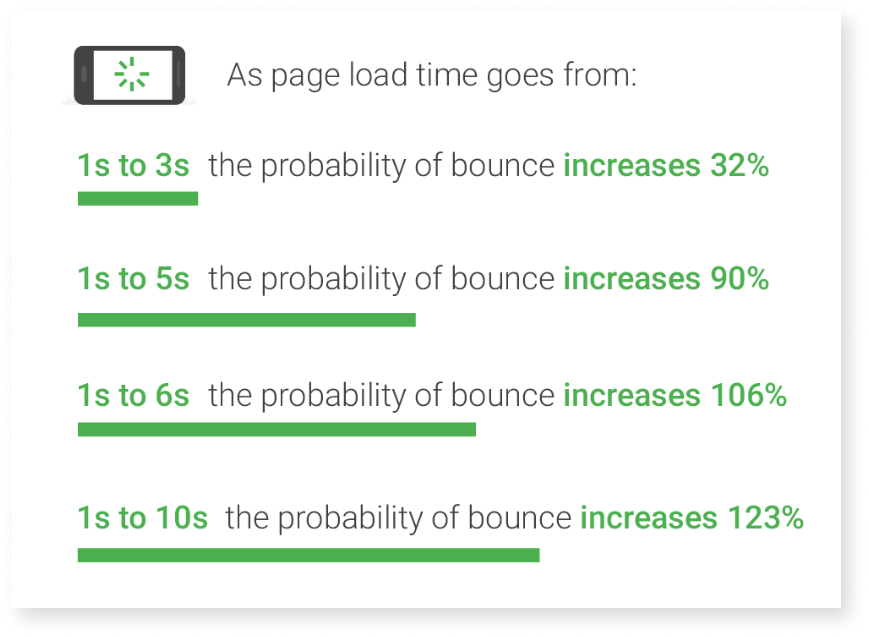
Here are several techniques that can be used to increase a website’s page loading speed:
Compress and Optimise images
When your image sizes are huge, it takes time to retrieve your photos. Therefore, always reduce your graphics, including images, infographics, GIFs, charts, etc., before uploading them to your site. You can use Optimizilla or Compressor.io to reduce your file size effectively.
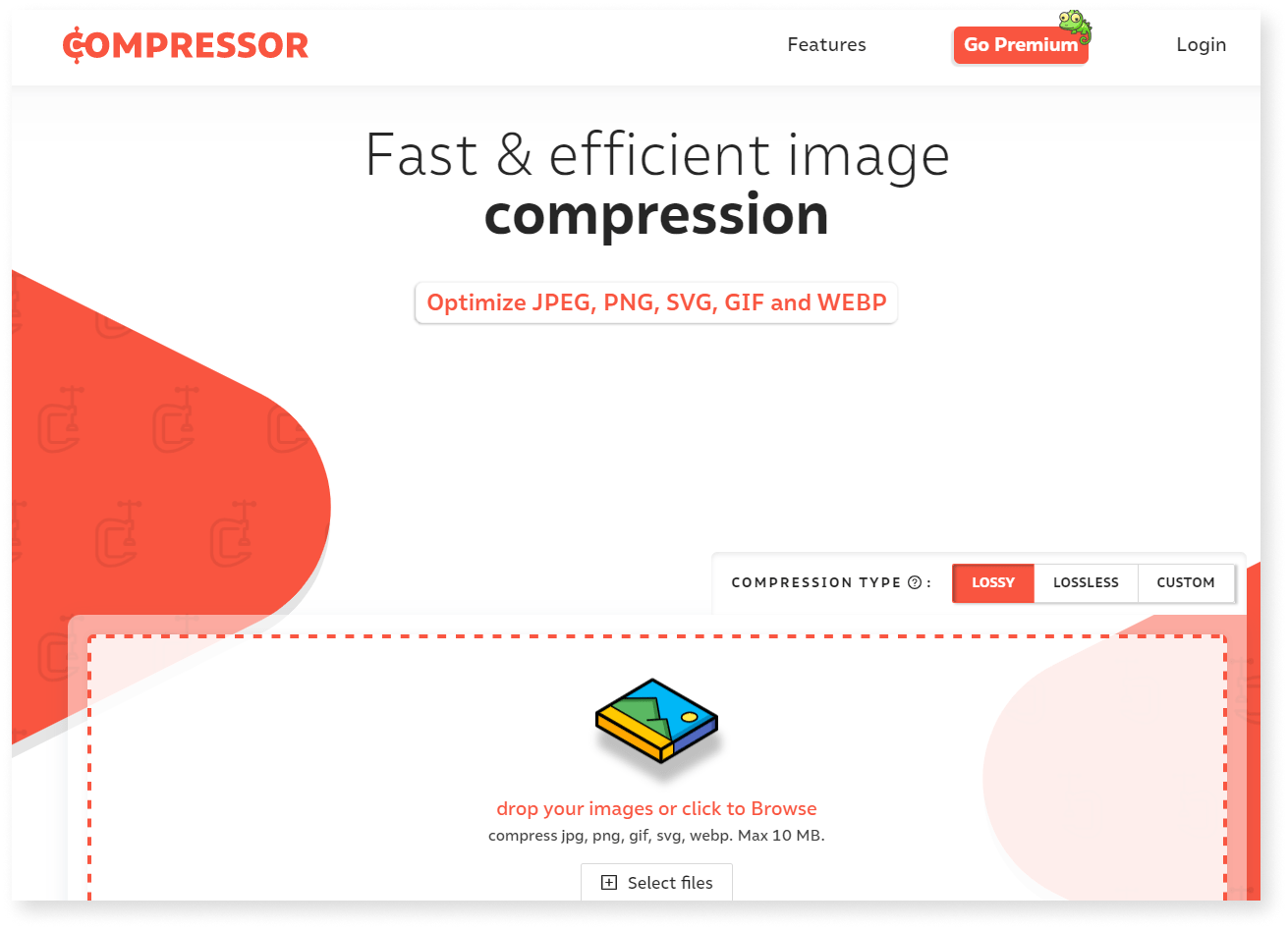
Minifying CSS and JavaScript
If your website has a lot of JavaScript and CSS files, your visitors will need to make a lot of HTTP requests to get to the files they want. These requests are dealt with one at a time by the visitor’s browser, which slows down the work of the website. Hence, your website will be faster if you reduce the number of JavaScript and CSS files.
This is especially important if you use a website builder with templates. Although these builders make it simple to create a website, they can produce clumsy code that can significantly slow it down.
Because every unnecessary piece of code increases the size of your page, it’s critical that you remove extra spaces, line breaks, and indentation. This keeps your pages as short as possible.
You can use tools like WillPeavy, Script Minifier, or Grunt tools to minify these files.
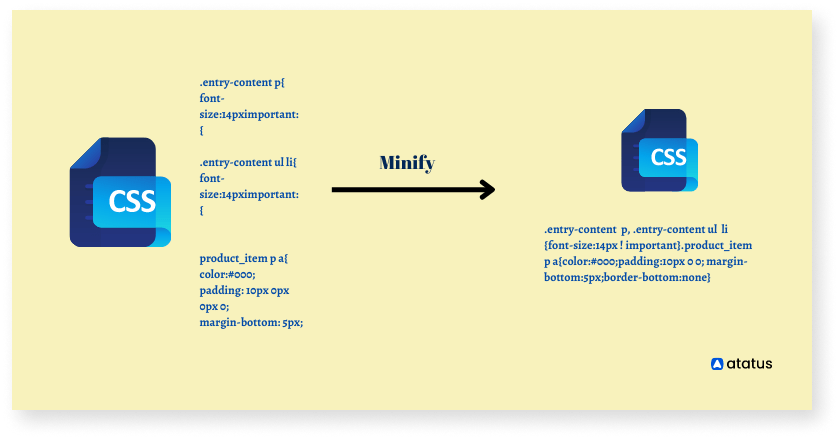
Source: Atatus
Besides, you can consider plugins (if you’re using WordPress) like WP Engine to minify and remove redundant files.
Use a Content Delivery Network (CDN)
If you have more budget, you may consider CDN. A CDN is a group of web servers spread out in different parts of the world that send content to end users based on their location. When a website is hosted on a single server, all user requests go to the same piece of hardware.
Because of this, it takes longer to process each request. On top of that, the load time gets longer when users are physically far from the server.
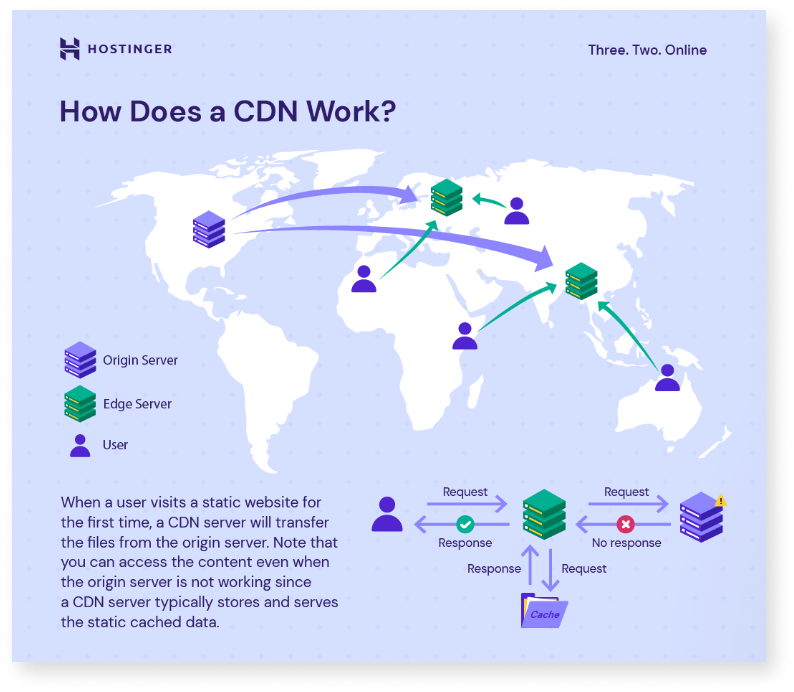
Source: Hostinger
With CDN, user requests are sent to the server that is closest to them. Because of this, a user gets the content faster, and a website works faster. This is an expensive way to speed up the load time, but it works well.
Is your website still taking a long time to load? Check out our complete guide to website maintenance or our website maintenance plan if you need help enhancing your website speed.
Optimize Your Heading and Meta Description
Google updated their web page title algorithm in 2021, where Google automatically rewrites title tags based on the H1 tags.
We don’t know if Google will replace titles with header tags, internal links, image alt text, or even be made up completely by Google in the future.
Therefore, what we can do now is try our best to come up with great SEO titles.
Here are 6 hacks for crafting a good SEO title:
Front-load your keywords
Place your focus keyword as close to the beginning of your title as possible. Remember that it’s preferable to place keywords at the beginning, but it’s not compulsory.
Here’s an example for you:
Keep Your Title Short
Google will truncate long titles, so don’t waste time crafting long headlines.

Usually, Google will show no more than 60 characters of the title tag. You can use this tool to check your title on Google to ensure it looks good.
Add a Benefit to Stand Out
The value of your content should be shown in your title tag so that both search engines and people who visit your site know that you have good content.
For example, if you want to find inspiration related to passive income, instead of choosing this article:

You will most likely choose to read the following article:
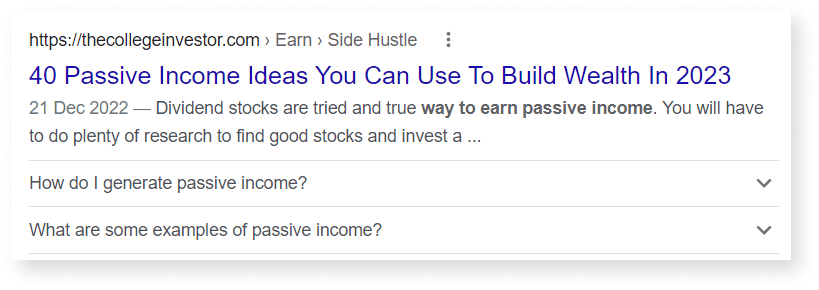
Why? Because the second example provides more benefits about gaining passive income: 40 ideas and “build wealth”
One tip: While benefit is crucial, you shouldn’t trick your visitors using clickbait, as this will negatively impact their experience, which in turn affects your site ranking.
Add Brackets/Parentheses
There are two main benefits to using brackets/parentheses: It helps to improve readability and increase the click-through rate.
You can add updated years or extra benefits in the bracket to make your title shine.
Create a Hook by Adding Emotions to Your Heading
Use powerful words like “magic,” “amazing,” and “extraordinary” to elicit strong emotions from the reader. This will definitely increase your CTR.
Here are some great examples as your references.
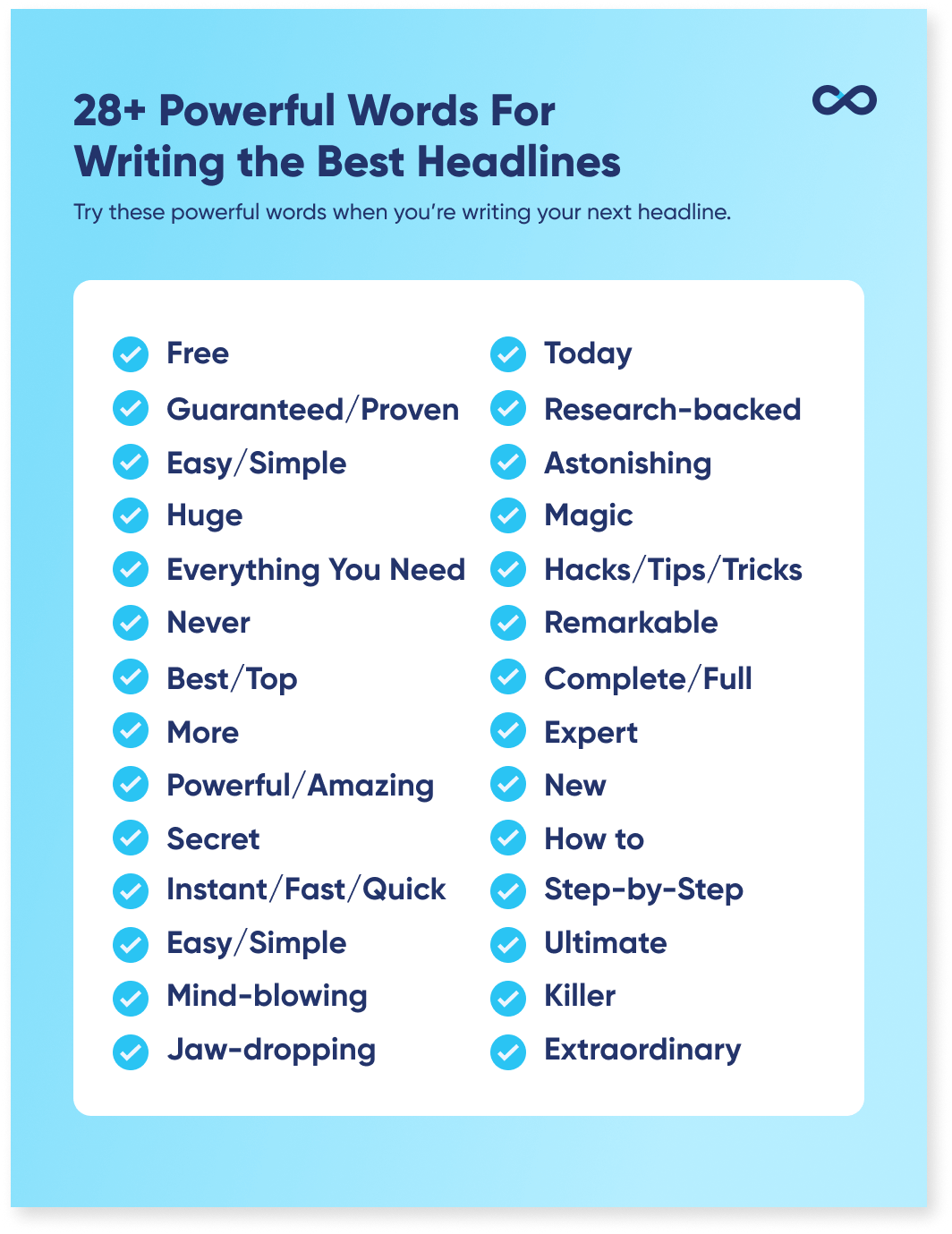
Add a Curiosity Gap
On the other hand, you can also create a hook without using powerful words. Take a look at how Maria creates curiosity by highlighting something that seems impossible (how can we know how people in the past look today since they have been gone so long?)

Making Your H1 Page Heading Different From the Title Tag
As there is a 58% probability of Google changing your title based on your title tag, you can use two different sets of keywords in your title tag and H1, which organically enhances your SEO. Search engines will count the title tag as the “heading.”
Promote Your Content Through Social Media
Don’t underestimate the power of social media when it comes to improving your SEO! Although all links from social media are considered no-follow links, they still help bring more traffic to your site.
There are several ways to promote your content through social media. Follow these hacks to enhance your social media content strategy:
Post at the Right Time
Do you know when to share your blog content on social media?
According to Hootsuite, the best times to share a post on social media are as below:
- Overall: 10:00 AM on Tuesdays, Wednesdays, and Thursdays.
- Facebook: 8:00 AM to 12:00 PM on Tuesdays and Thursdays.
- Instagram: 11:00 AM on Wednesdays.
- Twitter: 8:00 AM on Mondays and Thursdays.
- LinkedIn: 9:00 AM on Tuesdays and Wednesdays.
- TikTok: 7:00 PM on Thursdays.
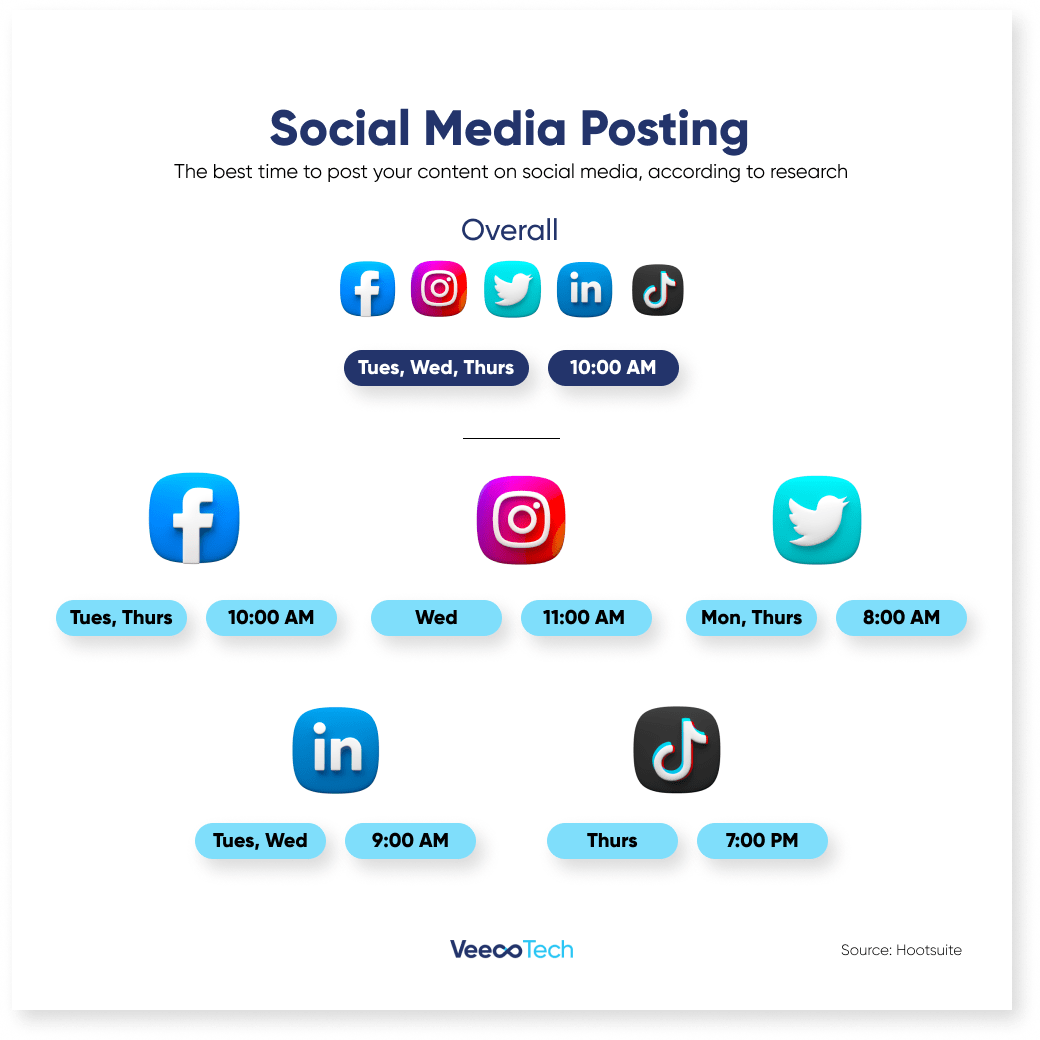
However, if you want to level up your promotion strategy, it is best to understand your readers’ active times. For example, you can use Meta Business Suite insights to select the best date and time to post based on your users’ active times.
Highlight the Most Interesting Findings
Posting at the right time doesn’t guarantee you’ll get many social shares or traffic.
You need to enhance your post’s CTR more than just posting your link.
One of the ways is to highlight your most interesting findings in your caption, like how Brian did for his new blog.
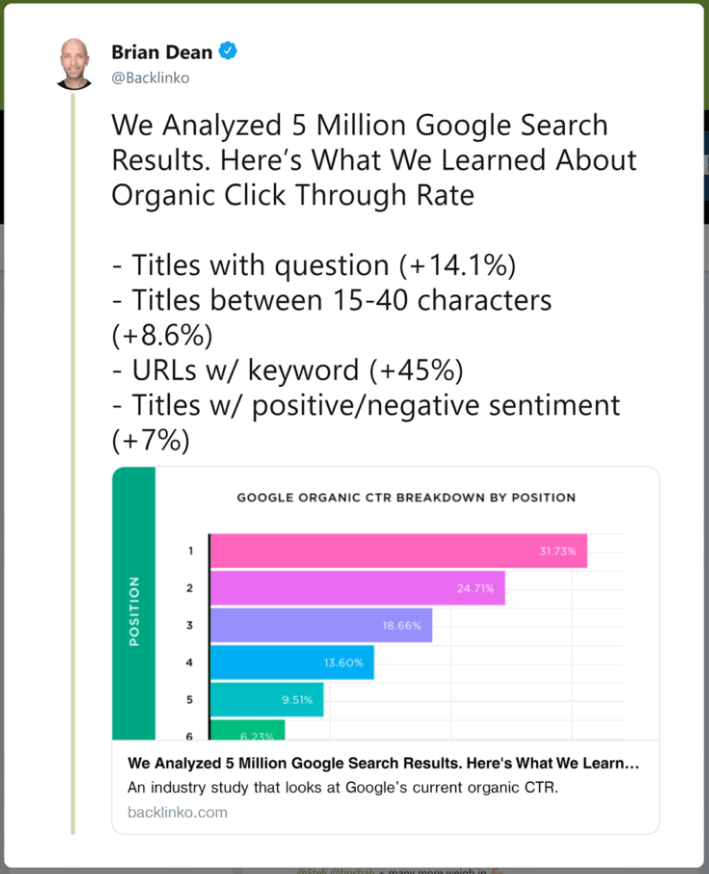
If you’re posting on Facebook and LinkedIn, you can add mini blogs where you share your real experience or use a quote from a famous person. Just add 100–200 word pieces of social media content that add value and encourage readers to visit your article.
Creating a Compelling Social Image
Image can make a great impact in attracting people to view your content! Follow these best practices to create an eye-catching social image to promote your blog.
Research from Kissmetrics shows that social media content with relevant images gets 94% more views than content without relevant images. You can try tools like Canva to speed up your process of creating a social media image design, as they provide tons of ready-made templates.
Prioritize Mobile SEO
Over 60% of organic search visits come from mobile devices.
Unquestionably, mobile SEO is a must as more and more people use their smartphones and other mobile devices to access the internet. Google has even started to penalize websites that are not optimised for mobile.
There are a few different SEO techniques that you can use to make sure your website is visible on mobile devices, and we’ve outlined a few of them below.
Ensure It’s Mobile Responsive
One of the most important things to do is ensure your website is responsive. This means that it will adjust to fit the screen of any device, whether it’s a phone, tablet, or laptop.

Make Your Content Easy to Read
As mobile devices are much smaller than desktops, short paragraphs on desktops might be longer on mobile devices.
Hence, always break your content into chunks, so it’s easy to read. You can further keep your content short by breaking it into bullet points. Here’s an example for you:
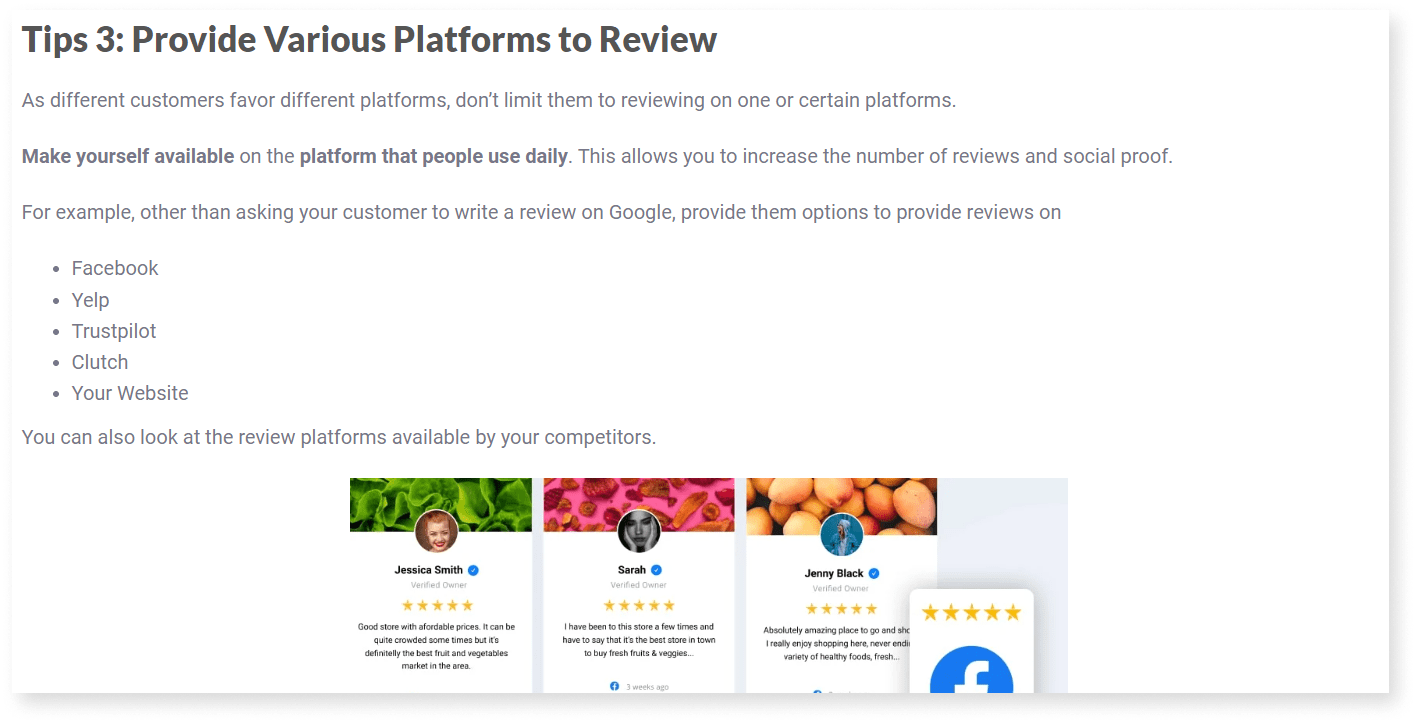
Avoid Interstitial Popups
While it is not wrong to use popups on mobile devices, you should follow the best practices so that they are not annoying and affect your users’ experience.
Optimize for Google Snack Pack (Local 3-pack)
Snack Pack (also known as “local 3-pack”) was launched by Google a few years ago to help promote local businesses.
A Snack Pack is a section of local business listings at the top of Google’s SERPs. It is made up of three organic Google My Business (GMB) listings, with or without a single paid GMB listing.
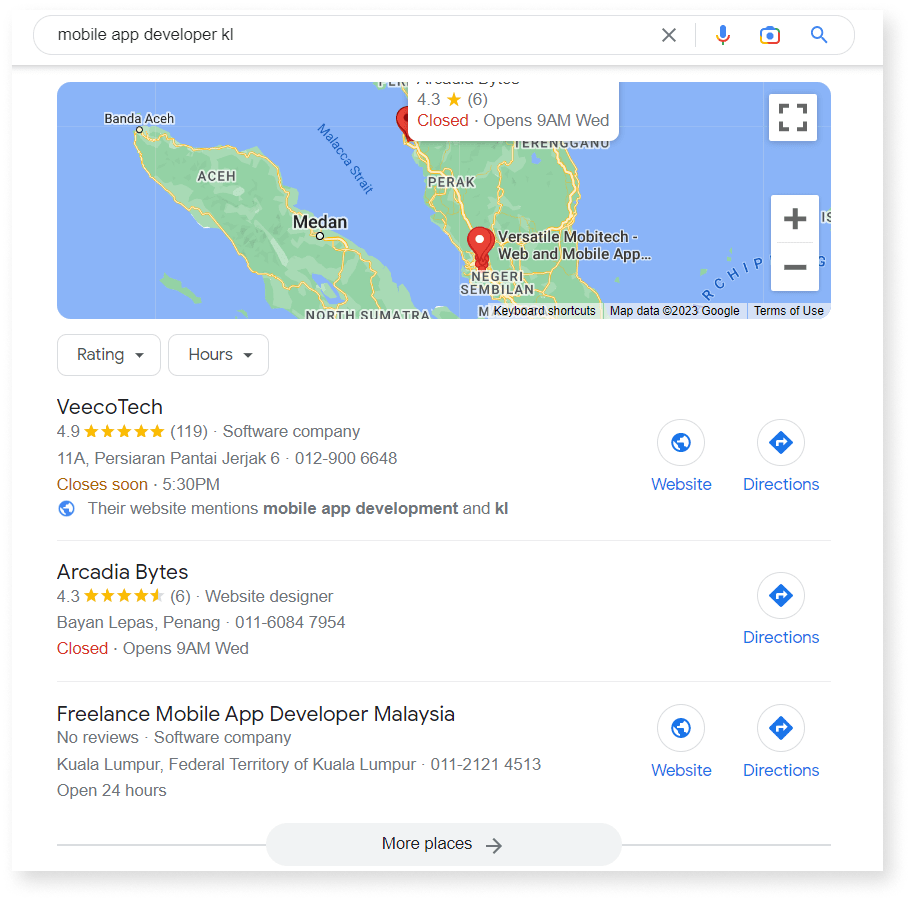
If you run a local business, getting into Google’s Snack Pack is the best method to feed your hunger for new clients.
According to research conducted by Moz, 44% of people who performed a local search clicked on a Snack Pack listing, compared to 29% who clicked on a standard organic listing and 19% who clicked on a paid listing.
That’s a huge difference!
So how do you use Google Snack Pack to rank your content?
Optimize Google My Business (GMB) Profile
If you don’t have a GMB profile, you should set one up now.
However, if you already have a profile, you should continuously optimise it by uploading new images and updating your business information if there are any changes.
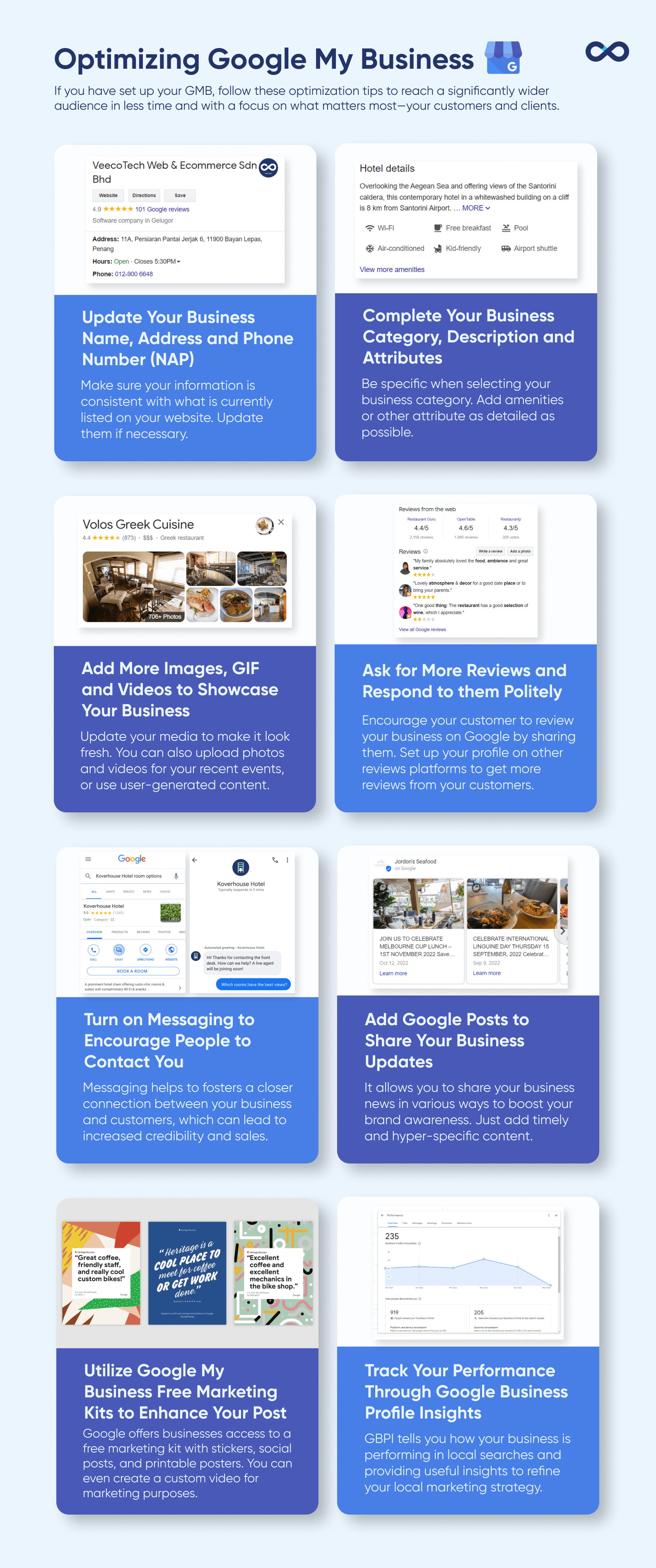
Get More Reviews
Since your overall prominence is the most crucial factor in getting listed in Snack Pack, obtaining more reviews from your customers will help to enhance your business credibility.
For example, as mentioned previously, we encourage our clients to give reviews on Google and other platforms. This has helped us to rank first in the Google Snack Pack for various keywords.
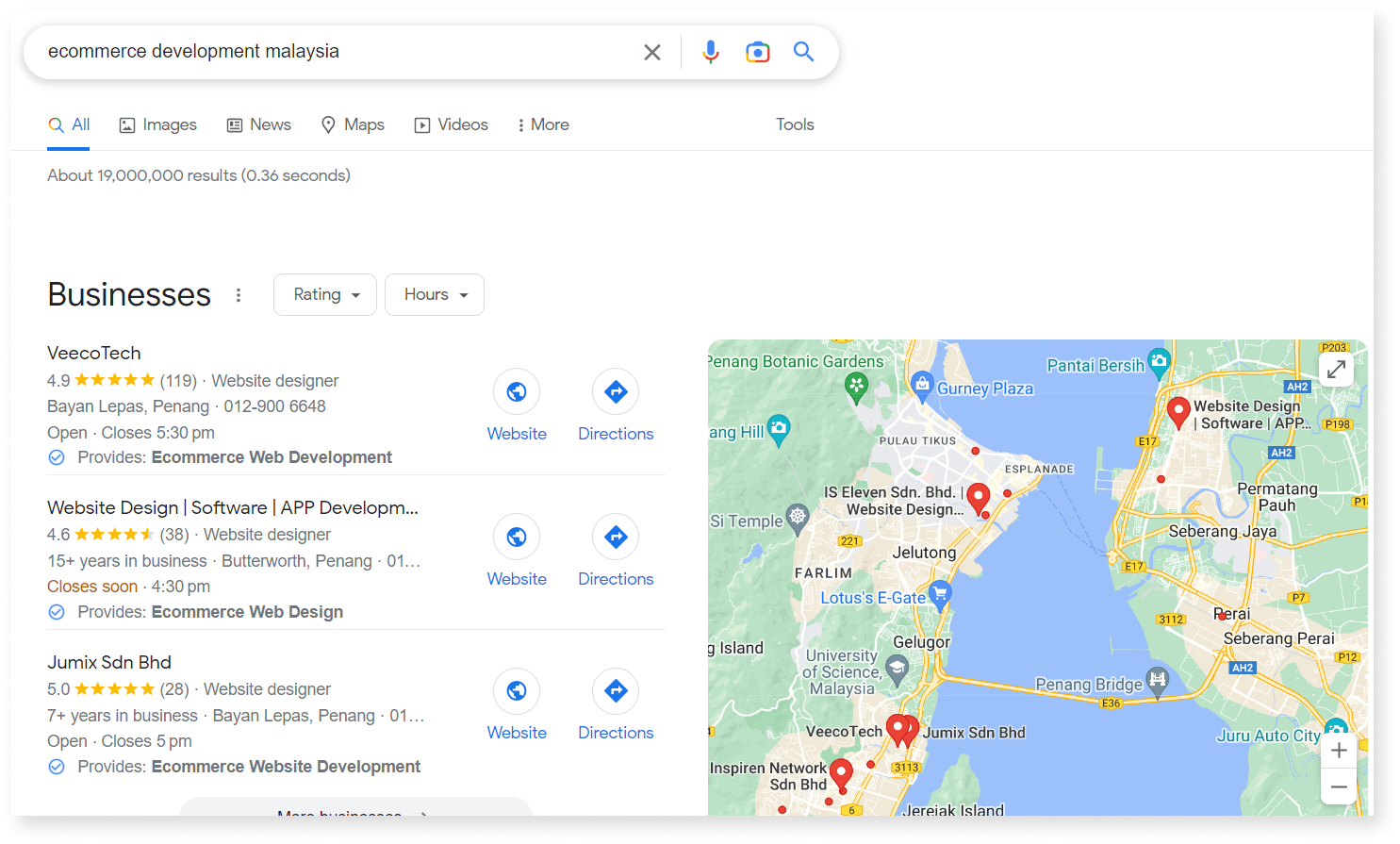
Also, don’t forget to reply politely to your customers’ feedback, especially if you’re getting bad reviews.
Build Backlinks to Your GMB Profile
Moz discovered that backlinks were the second-most important ranking signal for the Snack Pack in a local SEO study.
Google will most likely show your local business in the Snack Pack if your GMB profile has more high-quality and relevant backlinks than your competitors’ GMB profiles.
You can build more links by sharing your GMB in relevant social media posts, guest posts, or YouTube videos. (For more details about link building, check out the #17 SEO technique)
Focus on Featured Snippets
If you want to jump to the first ranking position in Google without build high-quality backlinks or significantly updating your content, you need to optimize for featured snippets.
Featured snippets are pieces of information that appear at the top of a search engine result page. Google uses featured snippets to “help people more easily discover what they’re seeking”
For instance, if you search “how to earn money online” on Google, you’ll notice this:
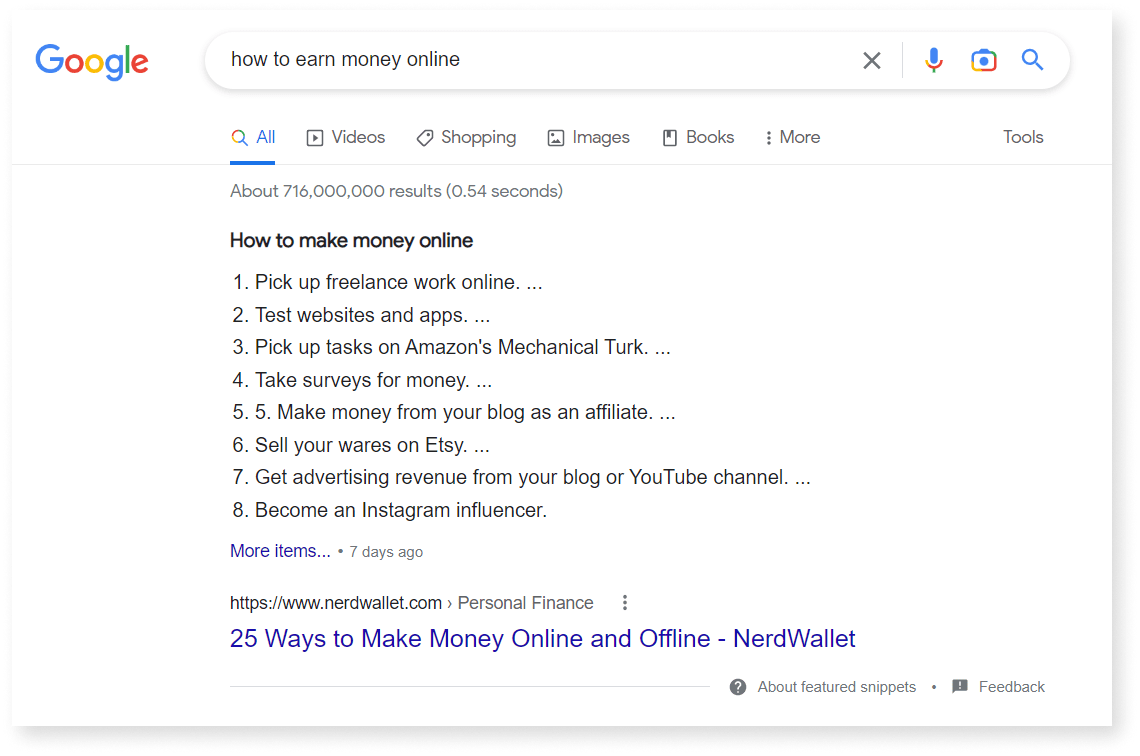
According to research, featured snippets get an average of 35% CTR. Even if viewers did not click on your content, being featured will increase your brand’s authority and demonstrate to others that your content was written by industry experts.
So how can you rank for more featured snippets?
Here are some quick tips for you:
Format and structure your content correctly
When you structure your content correctly, it helps Google to understand the points of your content and feature it.
Remember to wrap every item or step in H2 or H3 text. and present each item as a subheading.
For example, I created a table of contents for this article on e-commerce strategies. Then I add appropriate tags (i.e., H2 for subtitles) for all the headings and subheadings.
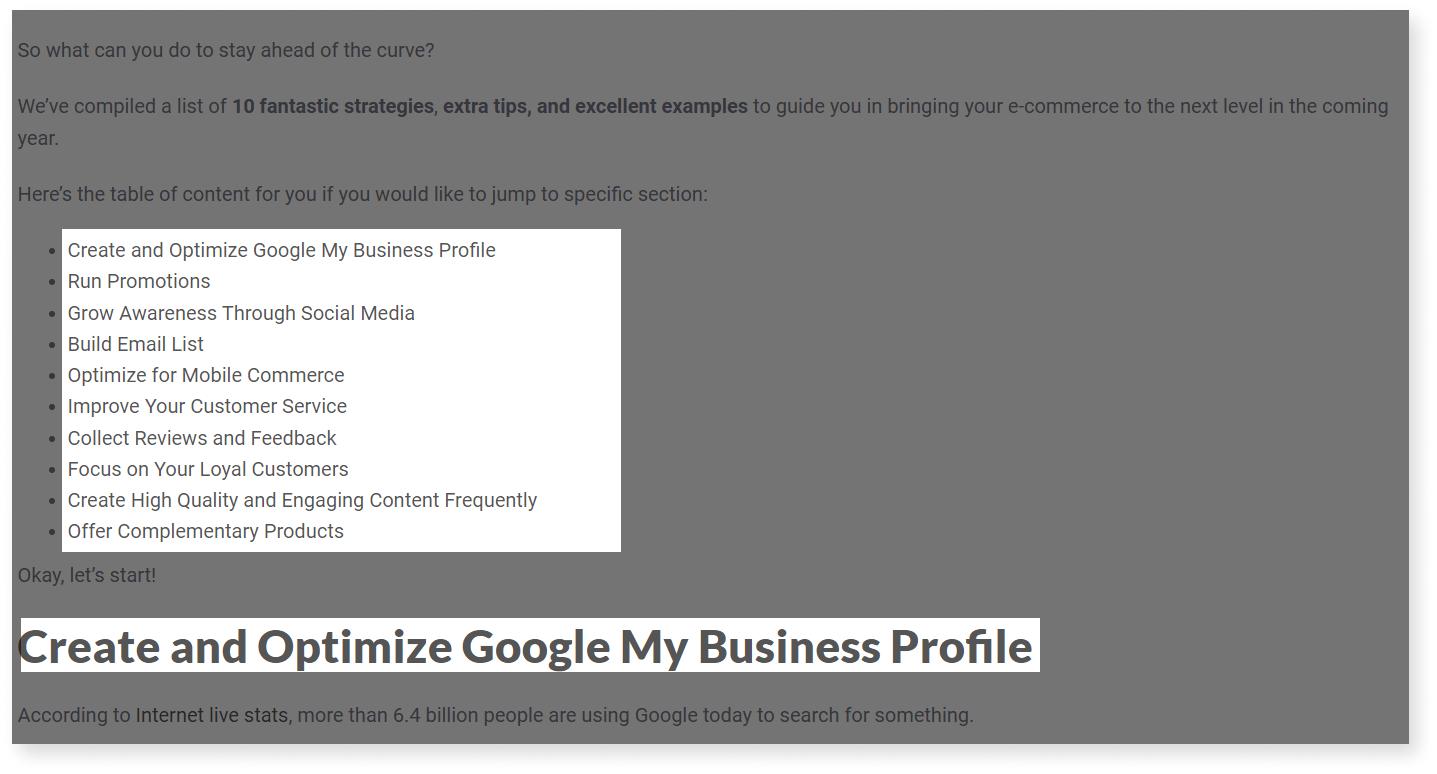
Add Long-tail Keywords Into Your Content
Do you know that long-tail keywords accounted for 91.8% of search queries?
This means that if you optimize for more long-tail keywords, there is a higher chance that your content will rank for more featured snippets!
But how do you know which long-tail keywords to target?
The easiest way is to explore the “People Also Ask” box. Go through the questions and provide answers for these questions in your content.
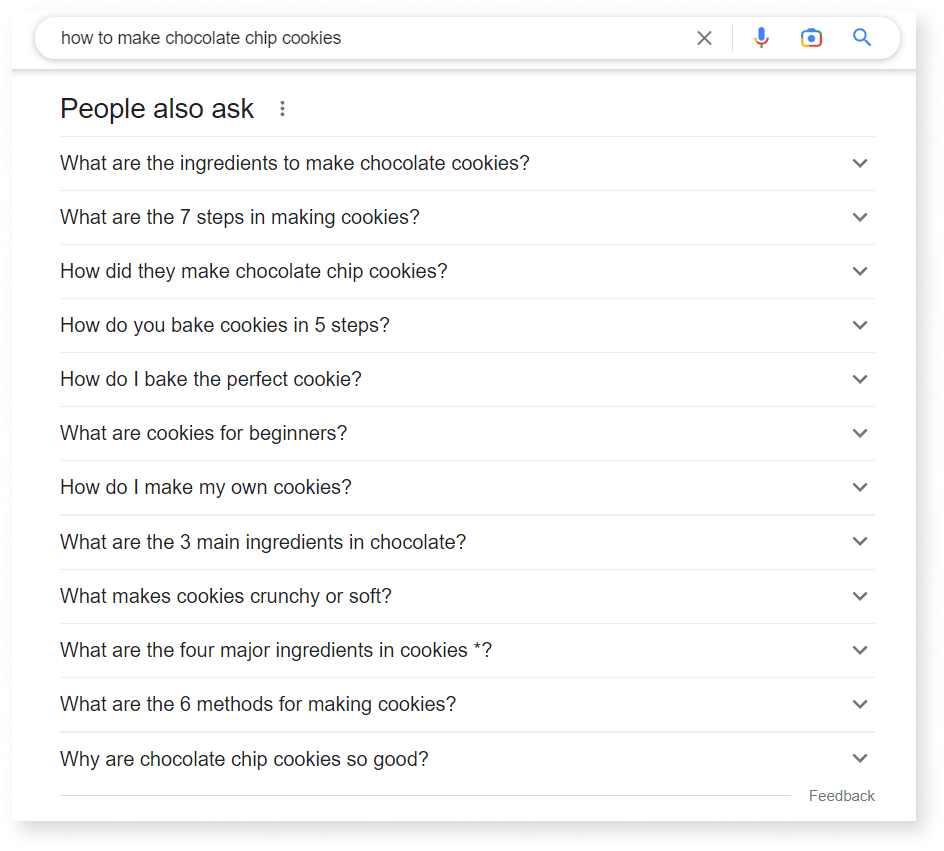
Create Better Content than the competition
Once you find a featured snippet that you’d like to go after, take a look at the content that rank on featured snippets.
Find out what’s so special about the content and what’s lacking.
For example, if you find that most of the content is text-based, then add graphics such as infographics, videos, and charts to your content.
If you find that the content just provides 5 points with a brief explanation, then you provide more points with a deeper explanation.
While it doesn’t guarantee that you’ll rank for that particular keyword, there is a high possibility that your page will rank better on Google.
I’ve no room to explain the process of optimizing featured snippets step-by-step, but you can read this if you want to know more.
Keep Your SEO Efforts Up-to-Date
As SEO is a long-term marketing strategy, you shouldn’t think you’re good to go once you have ranked for your target keywords. You never know how Google will change its algorithm, which might affect your current ranking.
Therefore, keeping your SEO efforts up-to-date is vital to ensuring that your website is visible to potential customers when they search for keywords related to your business.
An effective way to ensure your SEO efforts stay up-to-date is to plan a content audit using an SEO checklist. This will not only keep you from overlooking details but also reduce your workload for your SEO routines.
Another great way to stay on top of the latest trends is to subscribe to industry newsletters and blogs. This helps you stay updated on their latest content.
Invest in Building High-Quality Backlinks
If you want to rank high on Google for a long period of time, you need to build high-quality backlinks.
Don’t believe it?
Let me share a real SEO case study with you.
Here’s what happened to one of our clients’ websites’ keyword rankings.
After we helped them create a well-researched article and outreach for link building, the ranking of the competitive keyword (competing with Wanderlogs, Trip Advisors, Booking, etc.) jumped to #3 within 2 days!

Back in the old days, people could easily build links in the past by spamming blog comments, adding hidden links, or stuffing keywords. However, link building nowadays is super difficult.
Even guest blogging isn’t what it used to be in the past. Most site owners have caught on and often want payments to place your guest posts.

However, there are a few great link-building strategies that you can use today. Here are 3 foolproof link-building strategies you can use to build free backlinks today.
Link Reclamation
It’s simple: Find pages that mention your brand but don’t link back to you. Approach them and ask them to link back to you.
For example, we have written content that mentions a company but doesn’t provide a do-follow link back to them. They have asked us to provide a link back to them. We’re happy to link back to them as they helped us with our marketing strategies.

Get Listed on Roundups/Resources Pages
Roundups refer to blog posts that “round up” the best content in a field so that people can find high-quality content without wasting time.
To get listed in the roundup posts, find the roundups that are related to your niche by using these search strings:
Then, pitch your awesome content to them. Try this tool if you’re having difficulties finding email addresses for your targeted website.
Request for Link Exchange
Another easy way to get links to your website is to exchange links with other websites. The plan is simple: get in touch with other website owners and agree to link to each other’s sites.
In fact, this is how Nethunt enhances its domain rating (DR) in 6 months without paying to get links. But always remember to find a page that is relevant to your industry.
Here are some things you can do:
- Join online groups with others who build websites and set up an exchange.
- Contact websites and tell them about your idea. When you do this, explain why links are helpful. You can provide something valuable, such as a 30-day free trial, special discounts, or an exclusive plan
- Send a link exchange offer to people who contact your website and ask for links
Most importantly, you must be very careful when exchanging links. That’s because Google’s Webmaster Guidelines say that website owners shouldn’t exchange links too often.
If you’re having trouble creating solid link-building strategies, feel free to reach out to our SEO services!
Monitor Your Competitors’ SEO Efforts
To ensure your website ranks highly in search engine results, you need to keep an eye on your competition and what they are doing in terms of SEO.
This means monitoring their website and blog posts to see what keywords they are targeting. You can then use these keywords on your own website and blog to improve your chances of ranking higher in search engine results.
In addition to monitoring your competition, you should also keep an eye on changes in the search engine algorithms so that you can adjust your own SEO efforts accordingly.
Here are some of the competitors’ monitoring tools you can try out:
A. Website Performance:
- Google Page Speed Insights
- GT Metrix
- Web Page Test
B. SEO:
- Ahrefs
- SEMrush
- Ubersuggest
C. Social Media:
- Hootsuite
- Brand Mention
- Content Studio
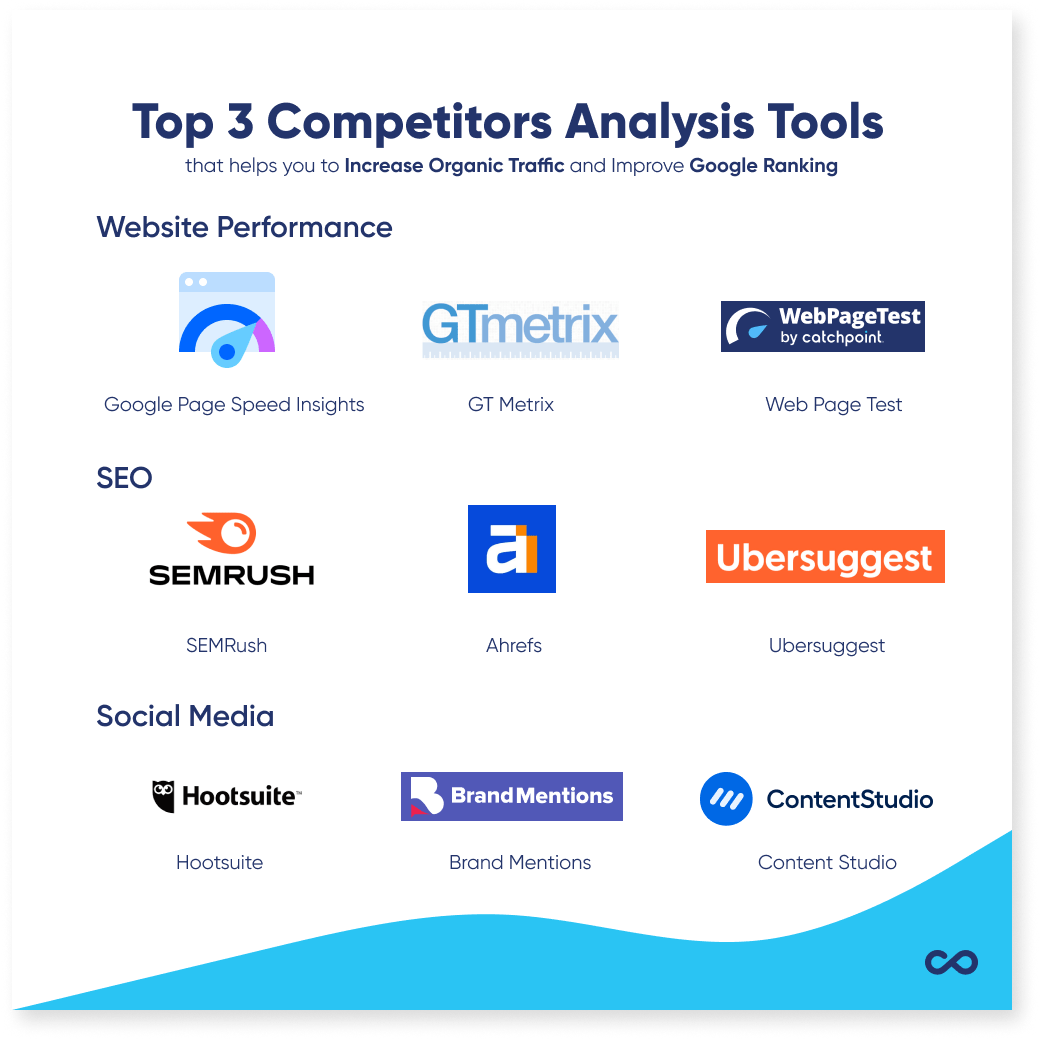
Hire SEO Experts
You might think there are tons of SEO instructional guides and case studies, so why should I hire an SEO expert or agency?
While there are numerous reasons why you should hire SEO experts, the most impactful reason is that SEO agencies have worked with a wide range of clients and industries, so they know for sure which SEO strategies work best.
They’ve already gone through years of trial and error and testing in many business environments, so they know what will get results before anyone else.
Besides, search engines like Google keep rolling out new updates (from dozens to even hundreds per year), which often leaves businesses struggling to catch up.
We know that every business wants cost-effective SEO but finds it hard to create a solid SEO strategy. That’s why we are here to help!
VeecoTech has years of experience assisting clients across a wide range of sectors in increasing their website’s traffic and position within a certain time frame.
Get in touch with our SEO experts in Malaysia if you need help cutting through the noise and making your website visible on Google’s SERP.
Conclusion
SEO can be a complex and ever-changing field, but it is still one of the most important aspects of digital marketing.
I hope these SEO strategies help drive more organic traffic to your website and boost your organic ranking.
Let us know if you wish to know more about any SEO topics or consult our SEO service to help you grow your business.


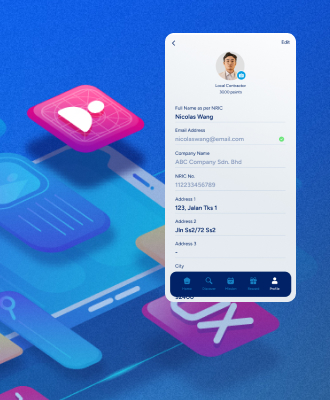

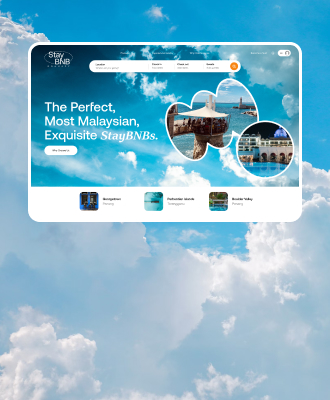
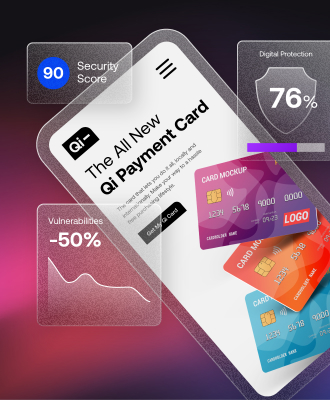
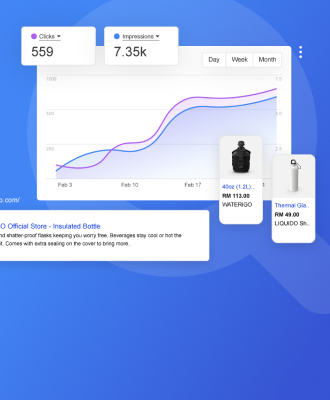


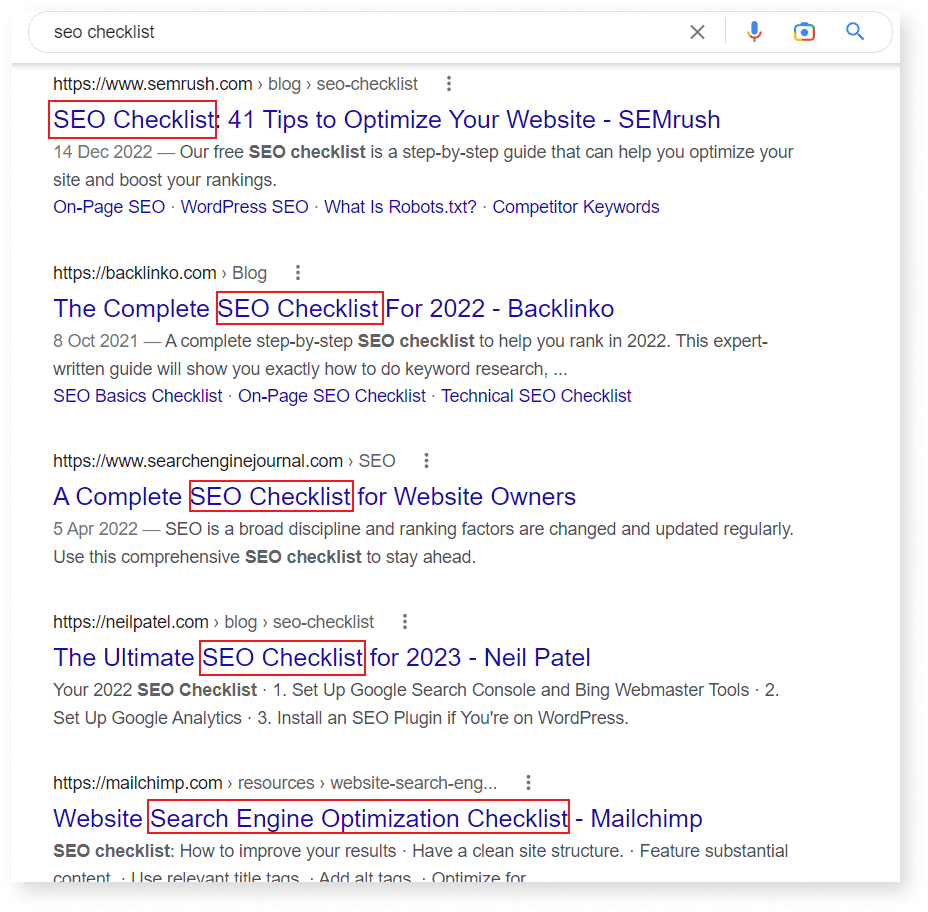


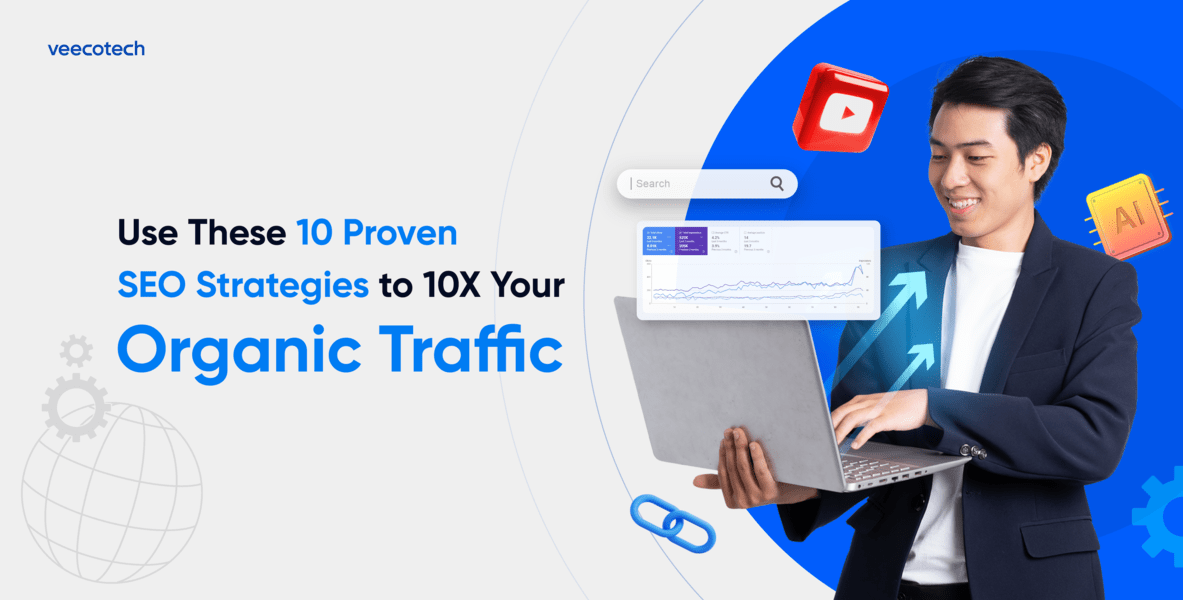
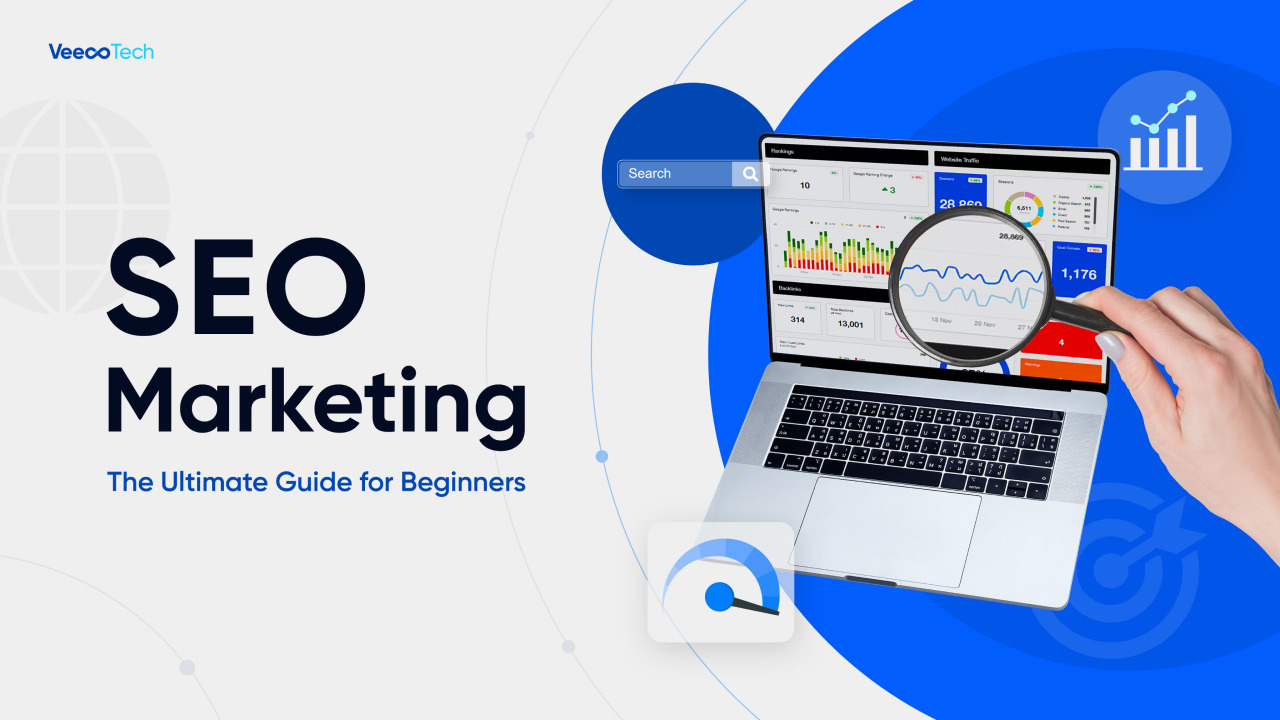

Leave A Comment